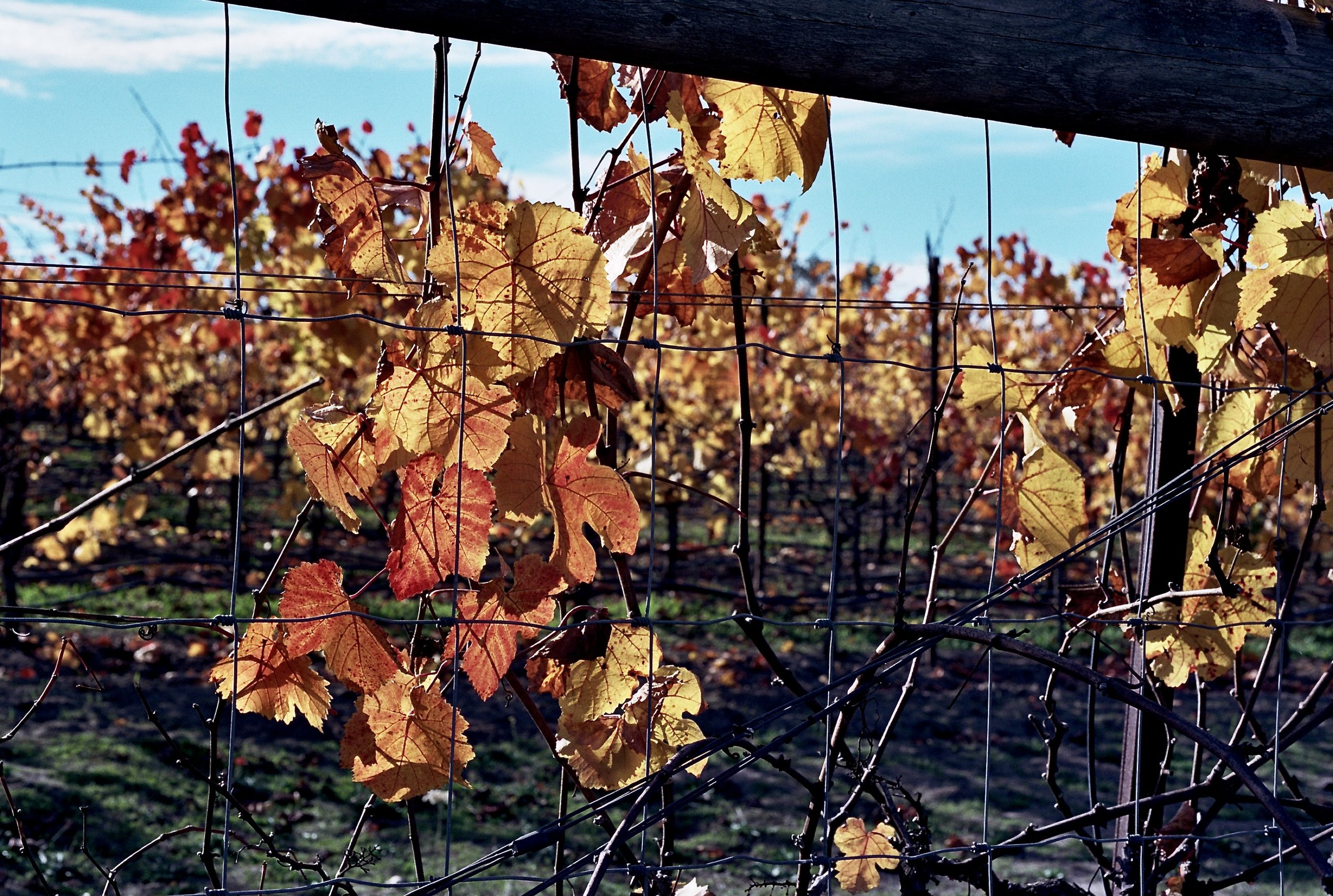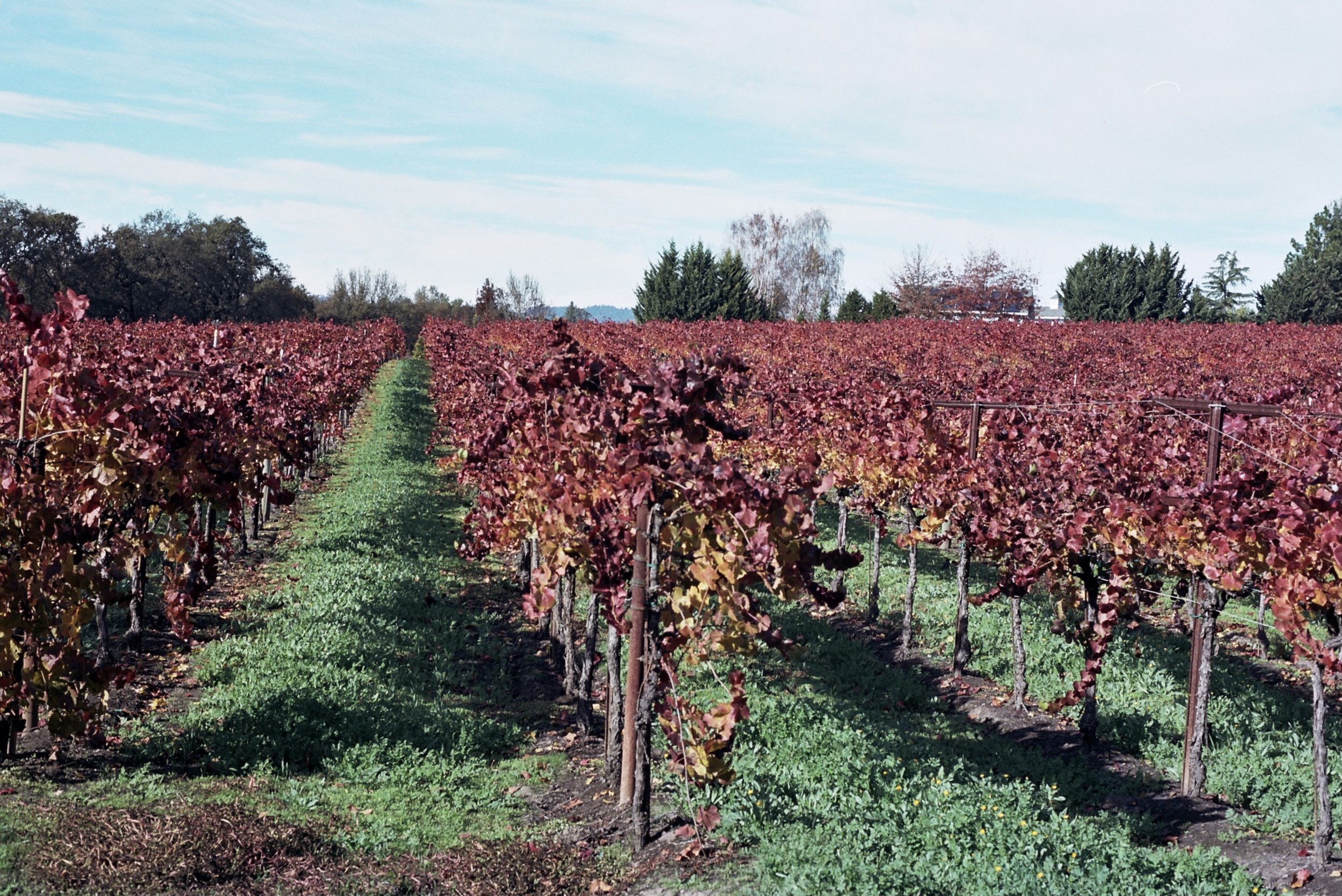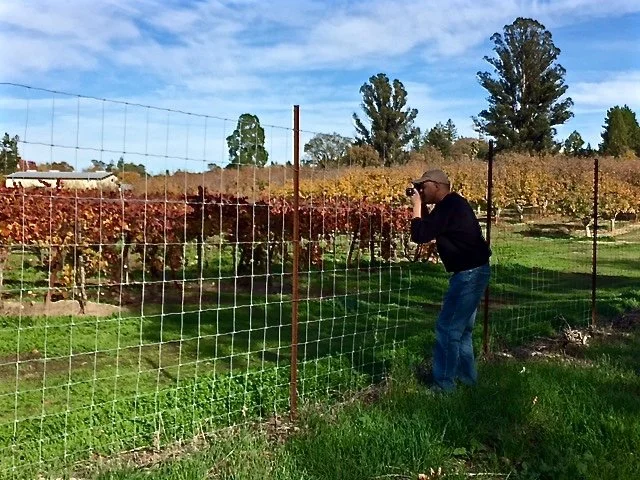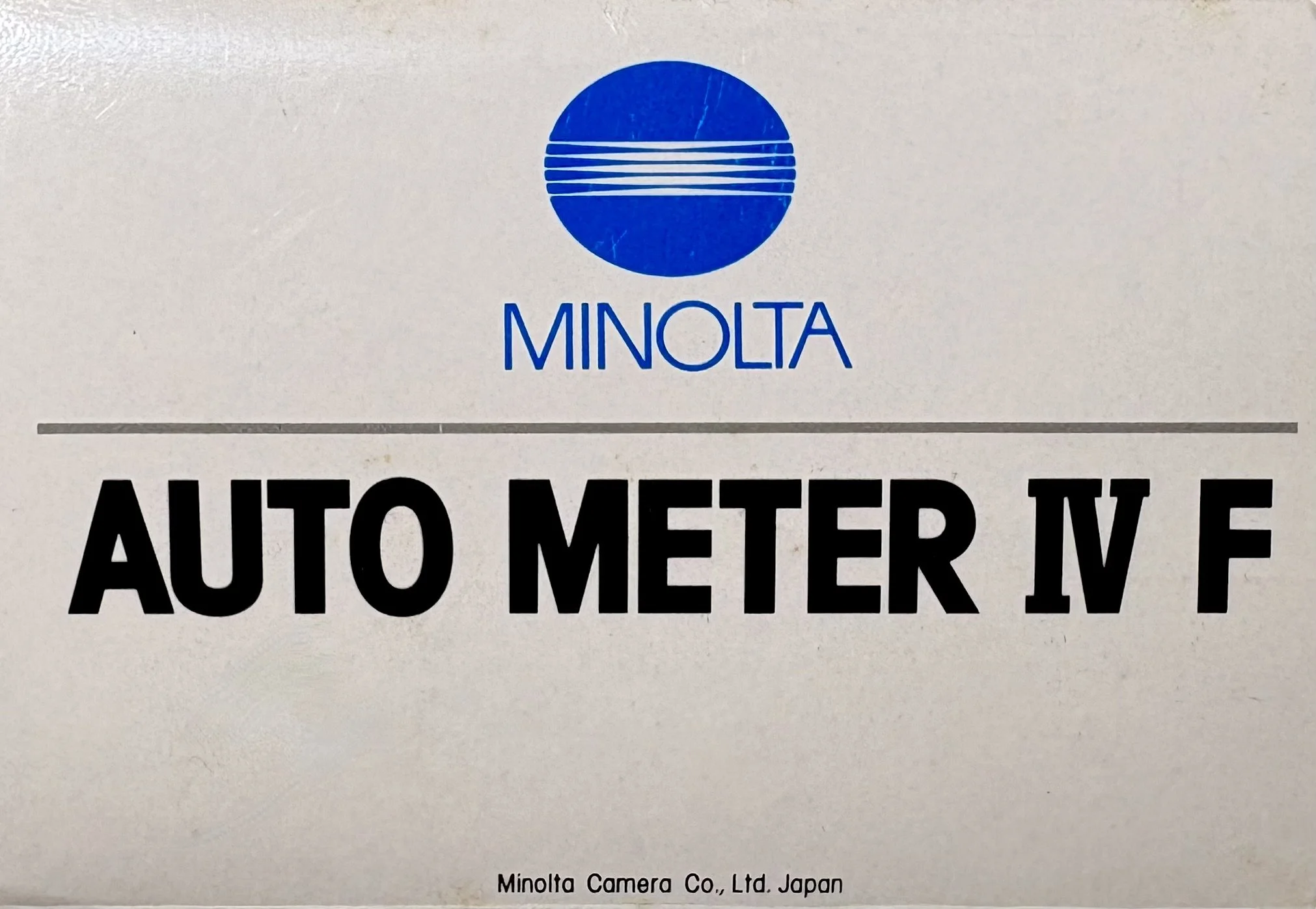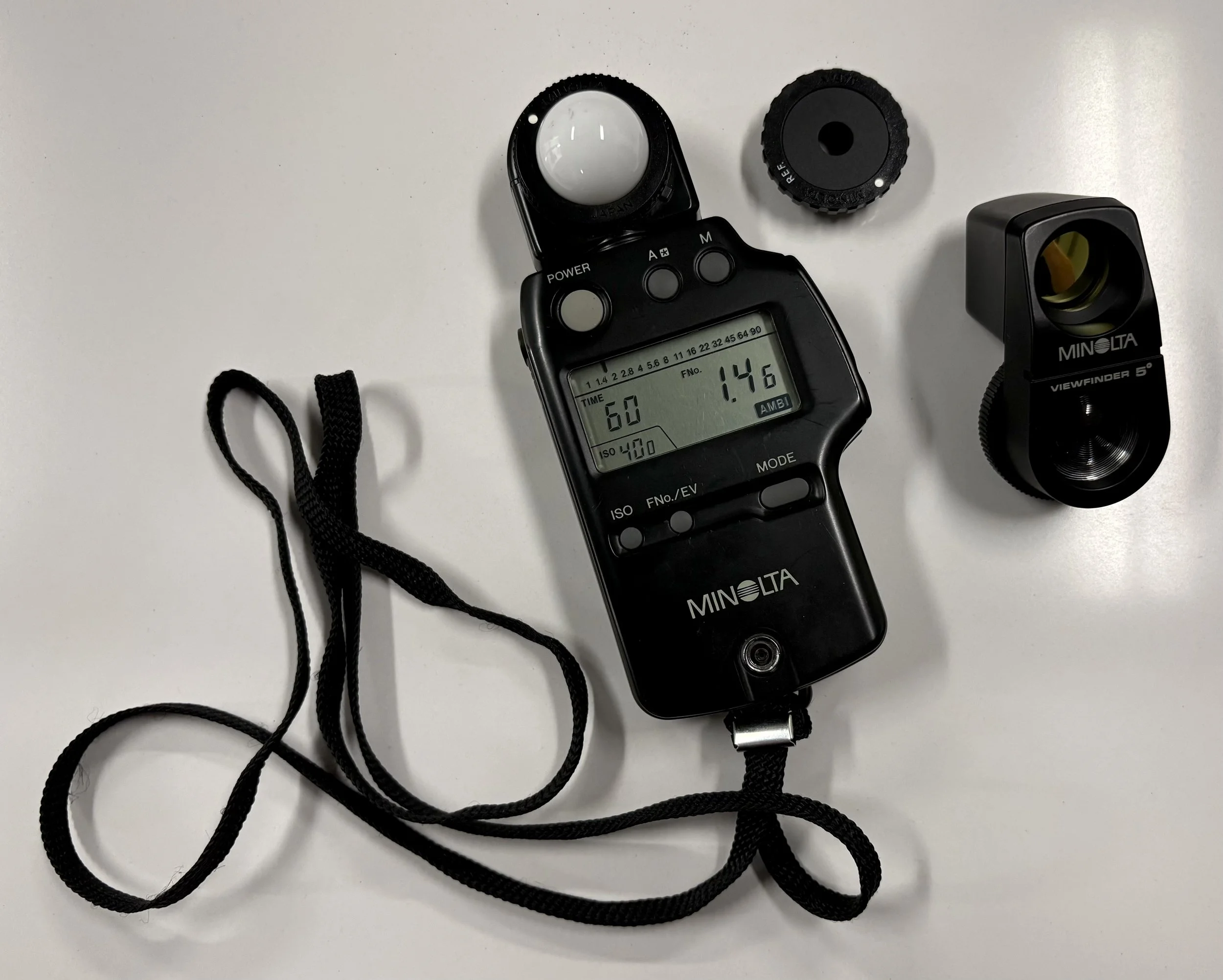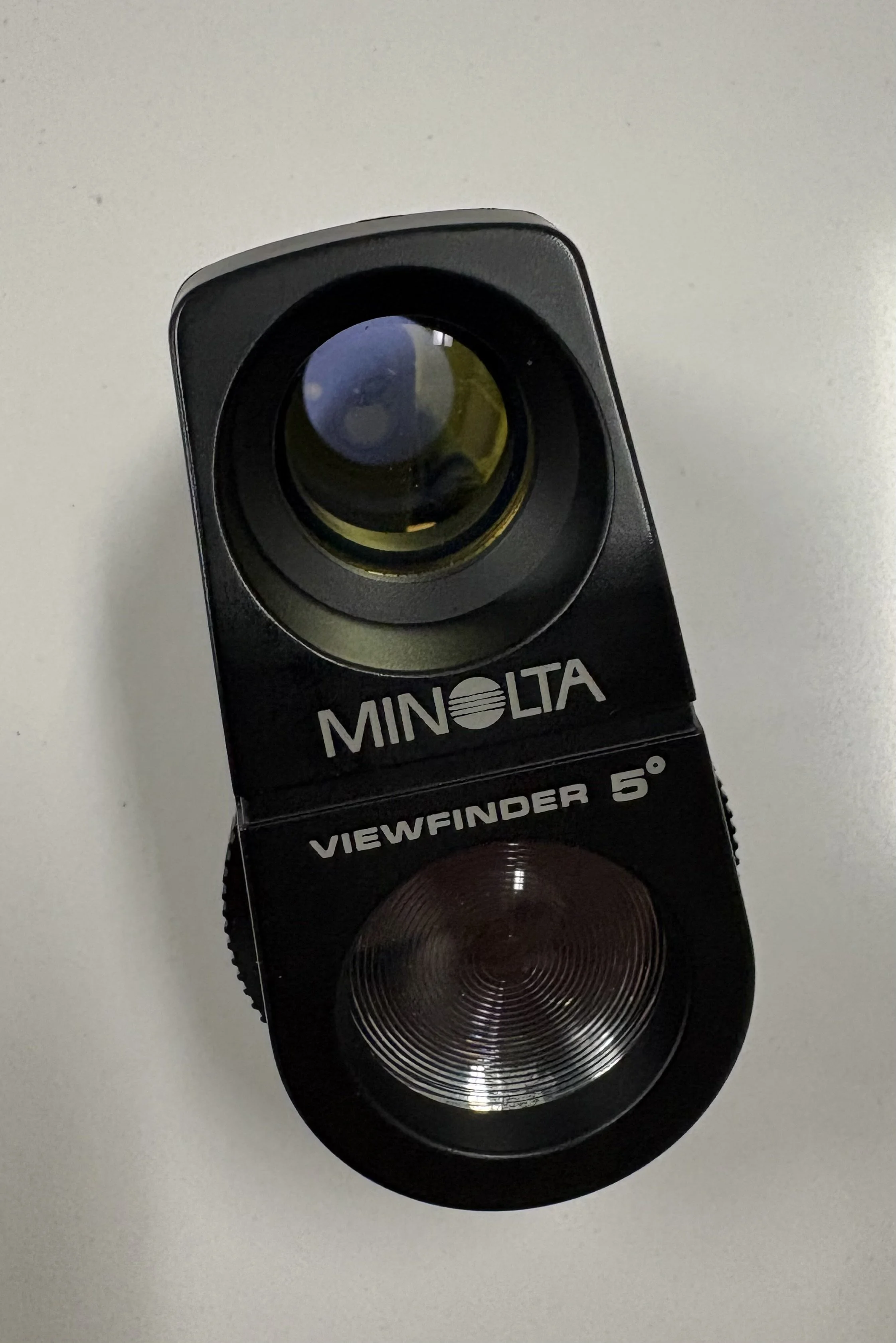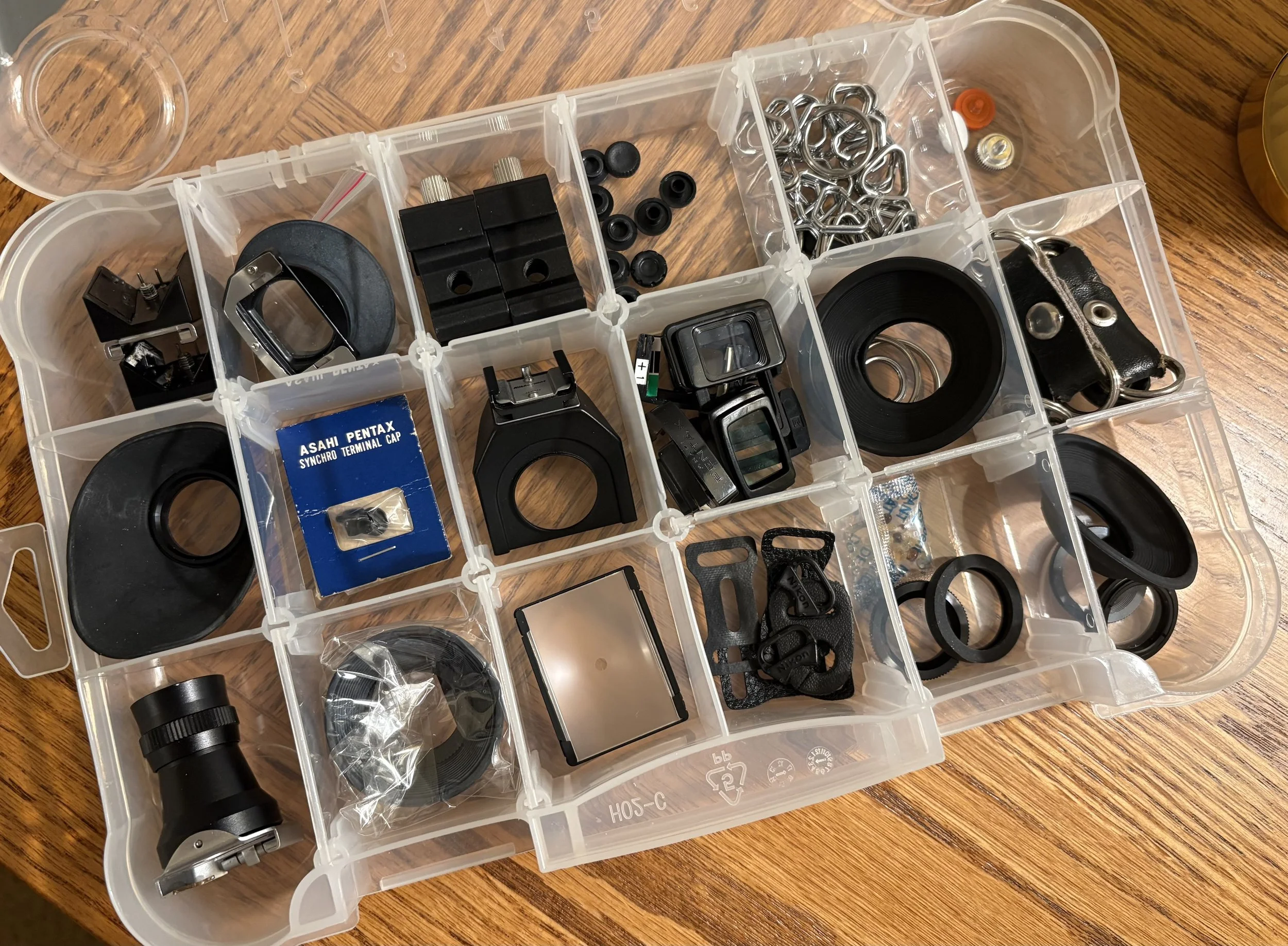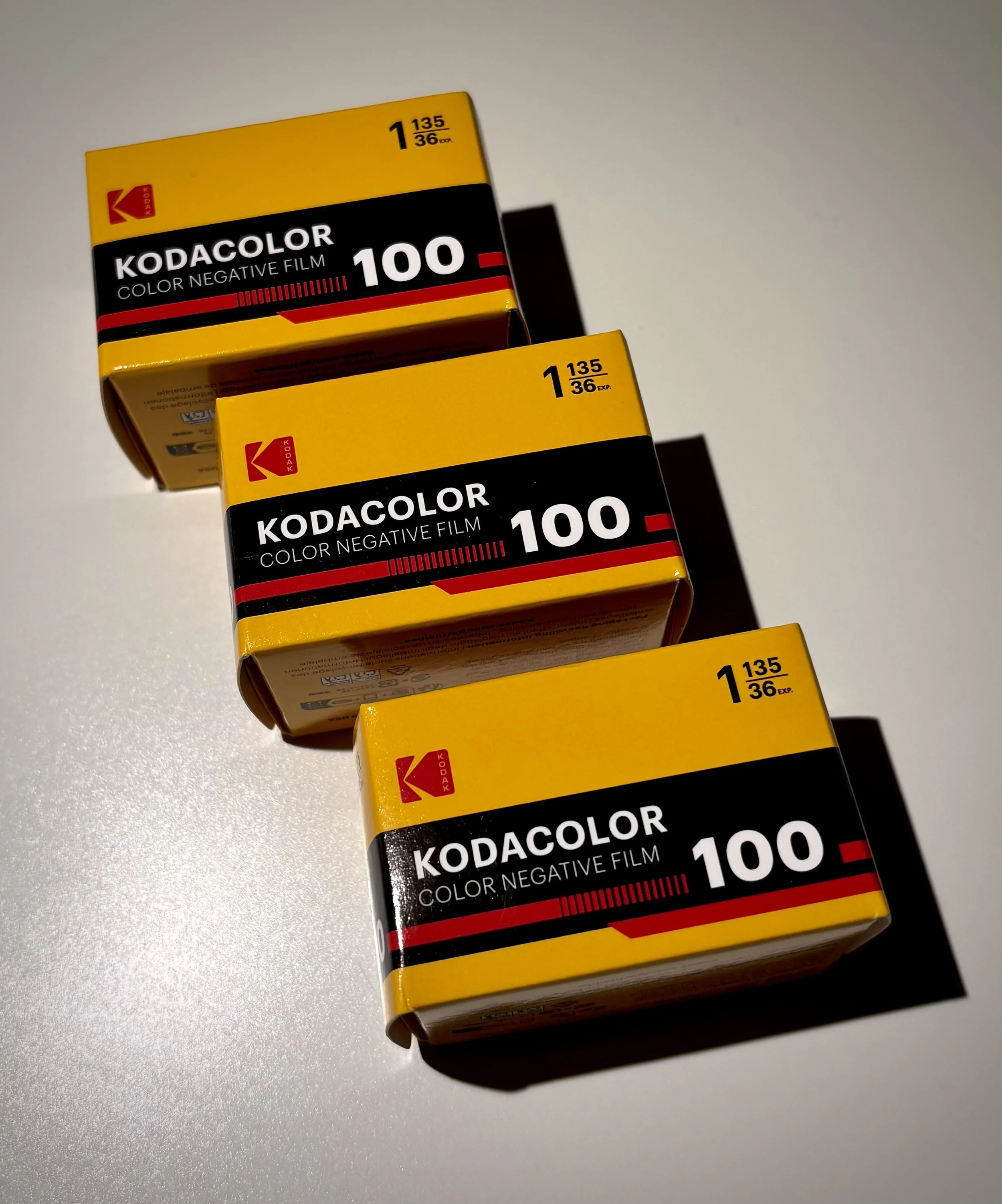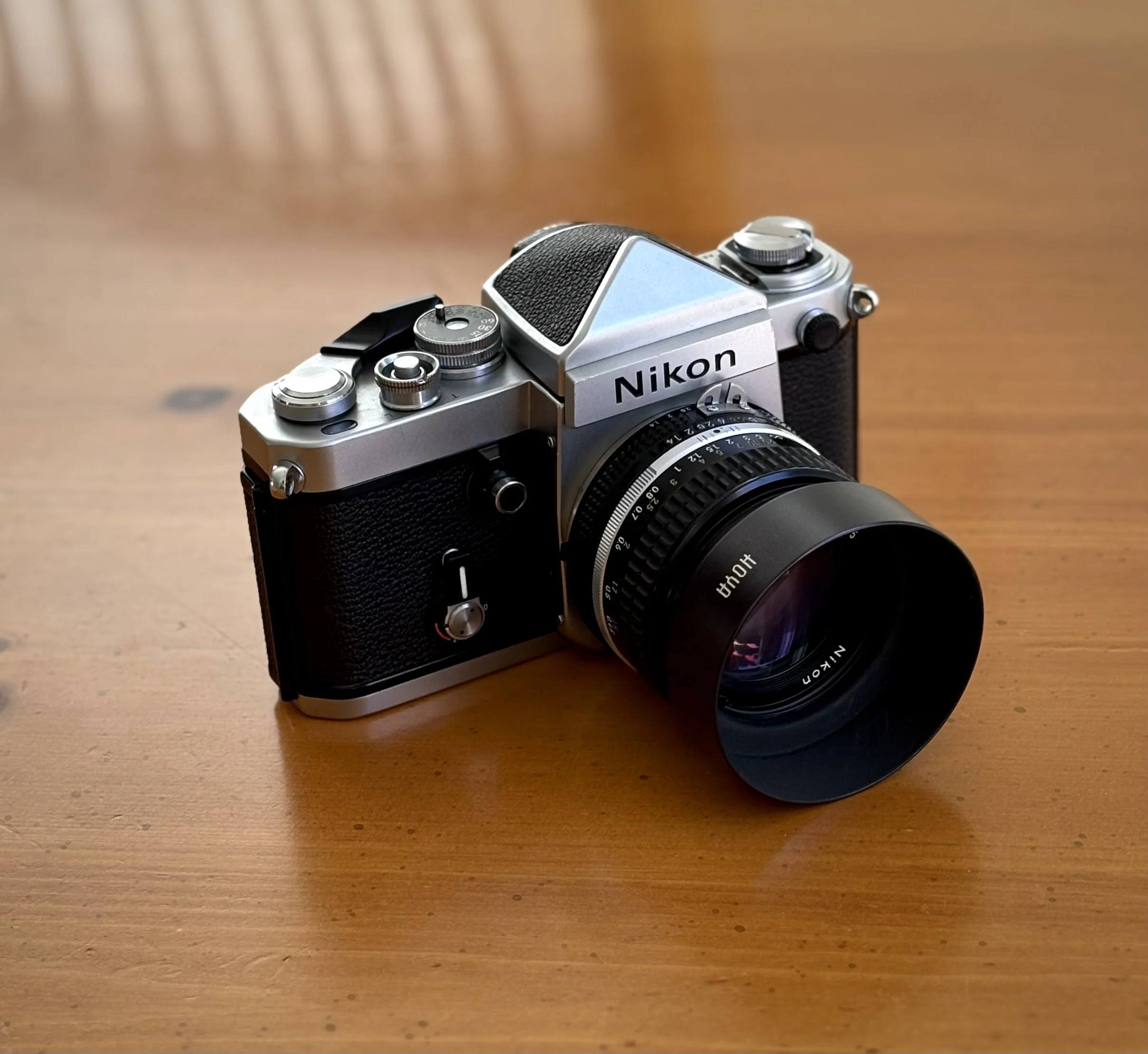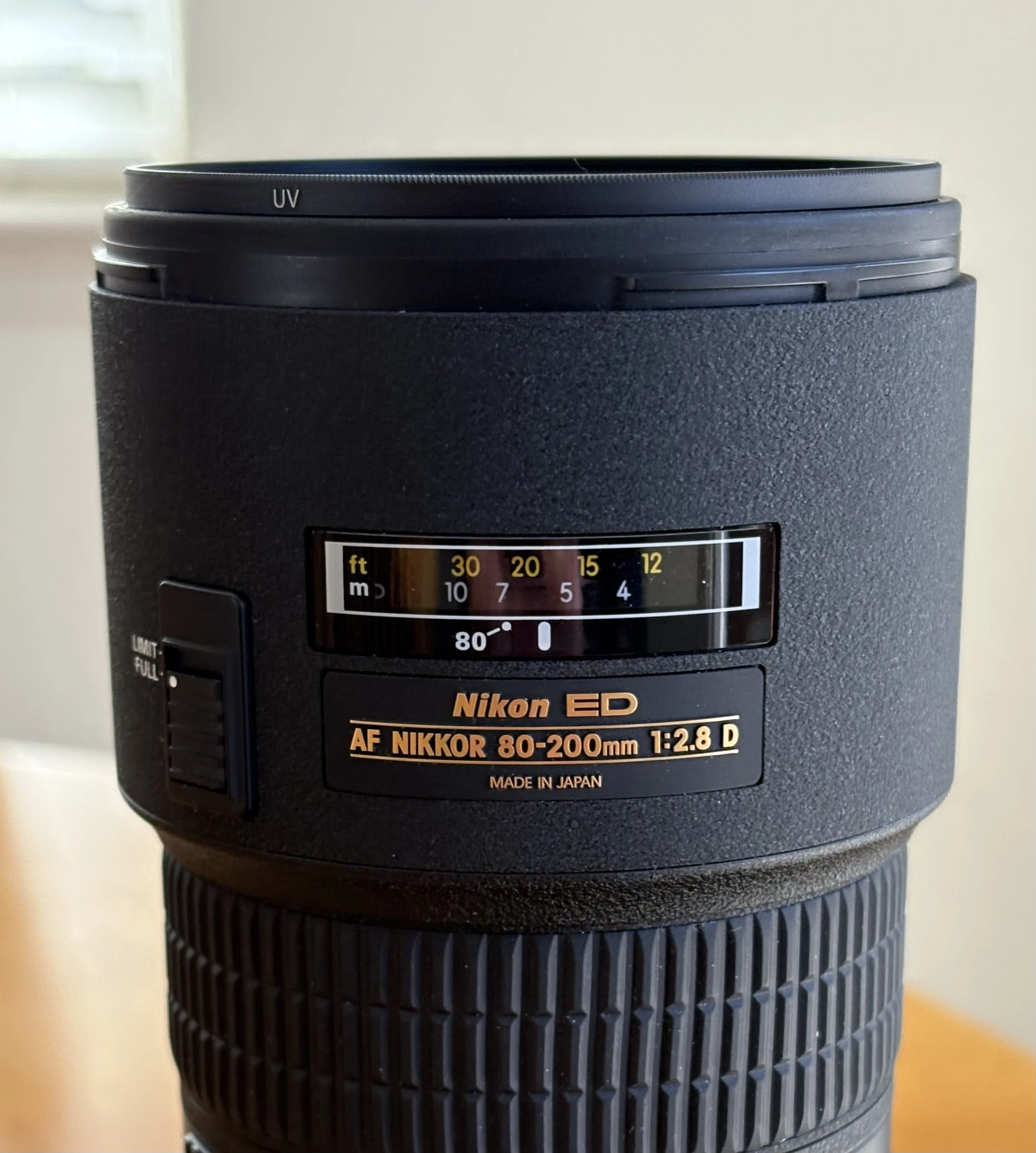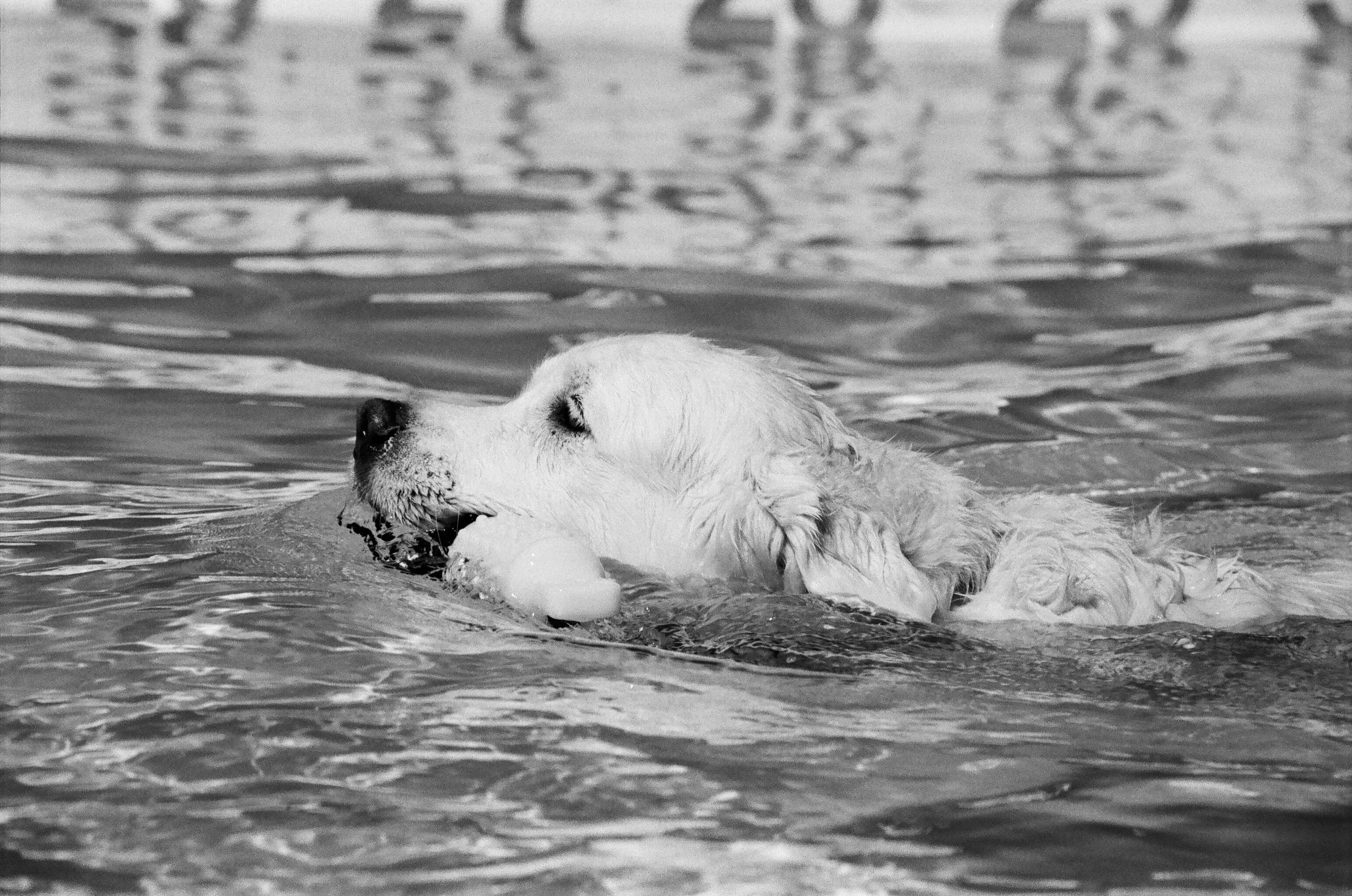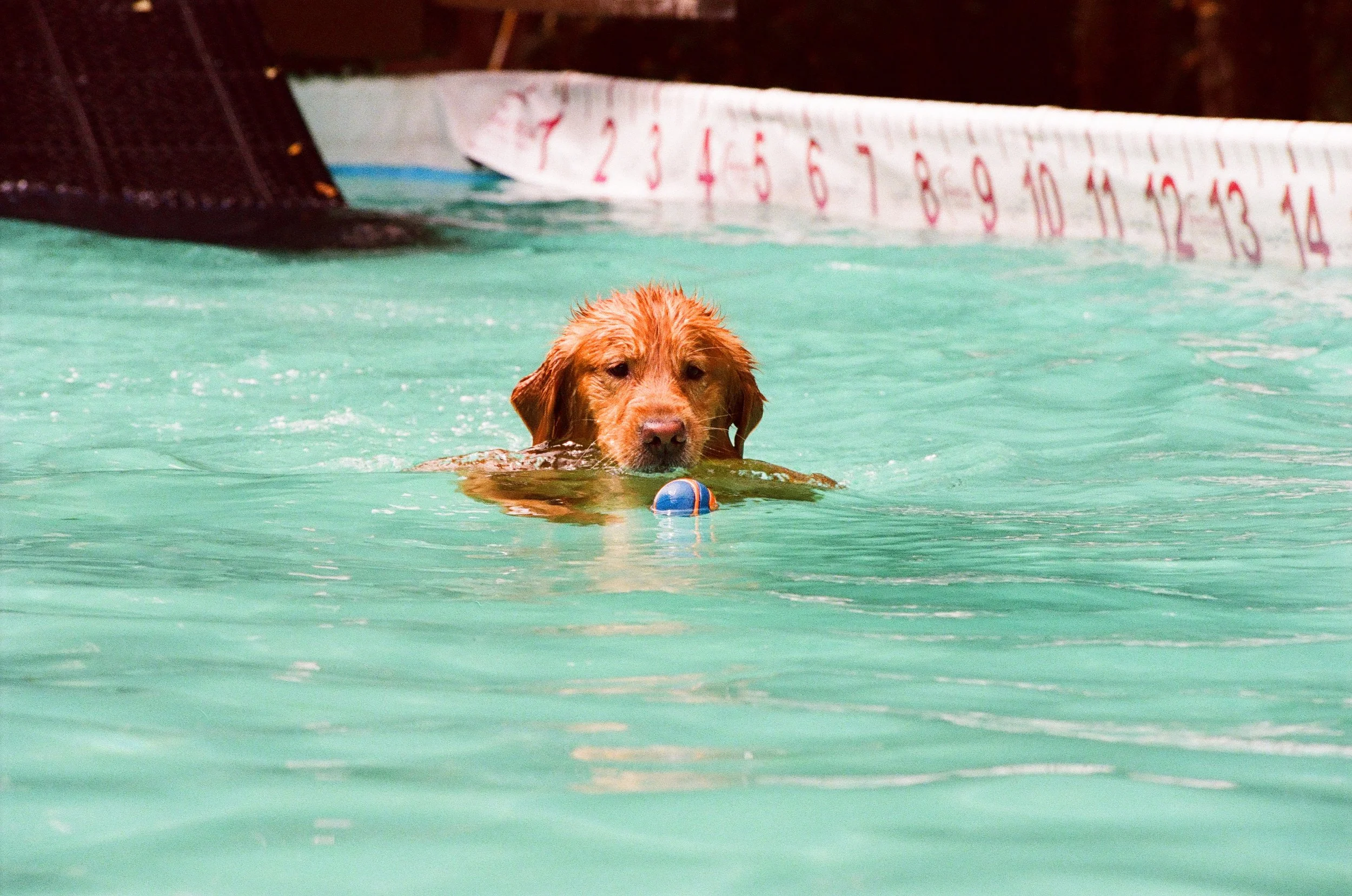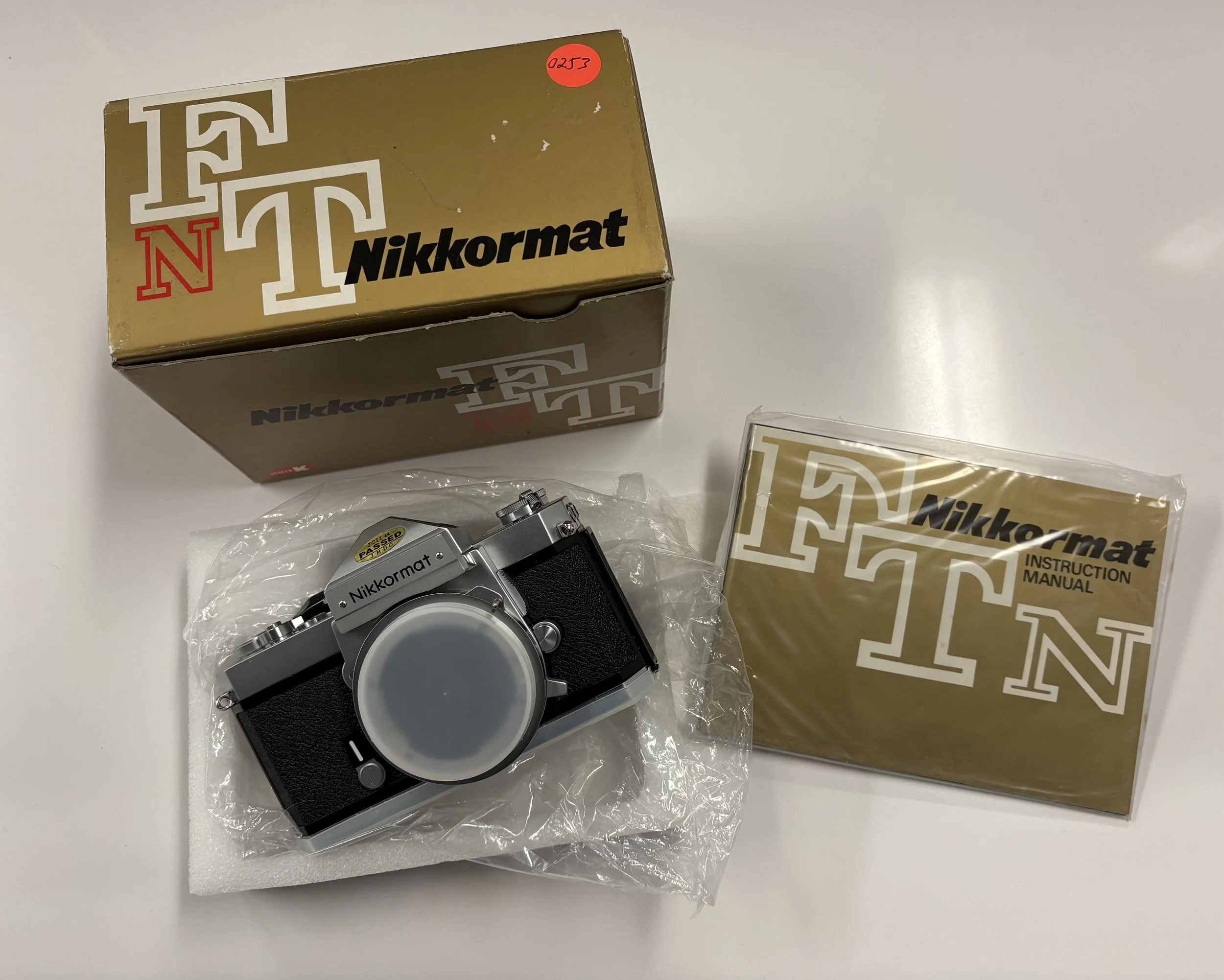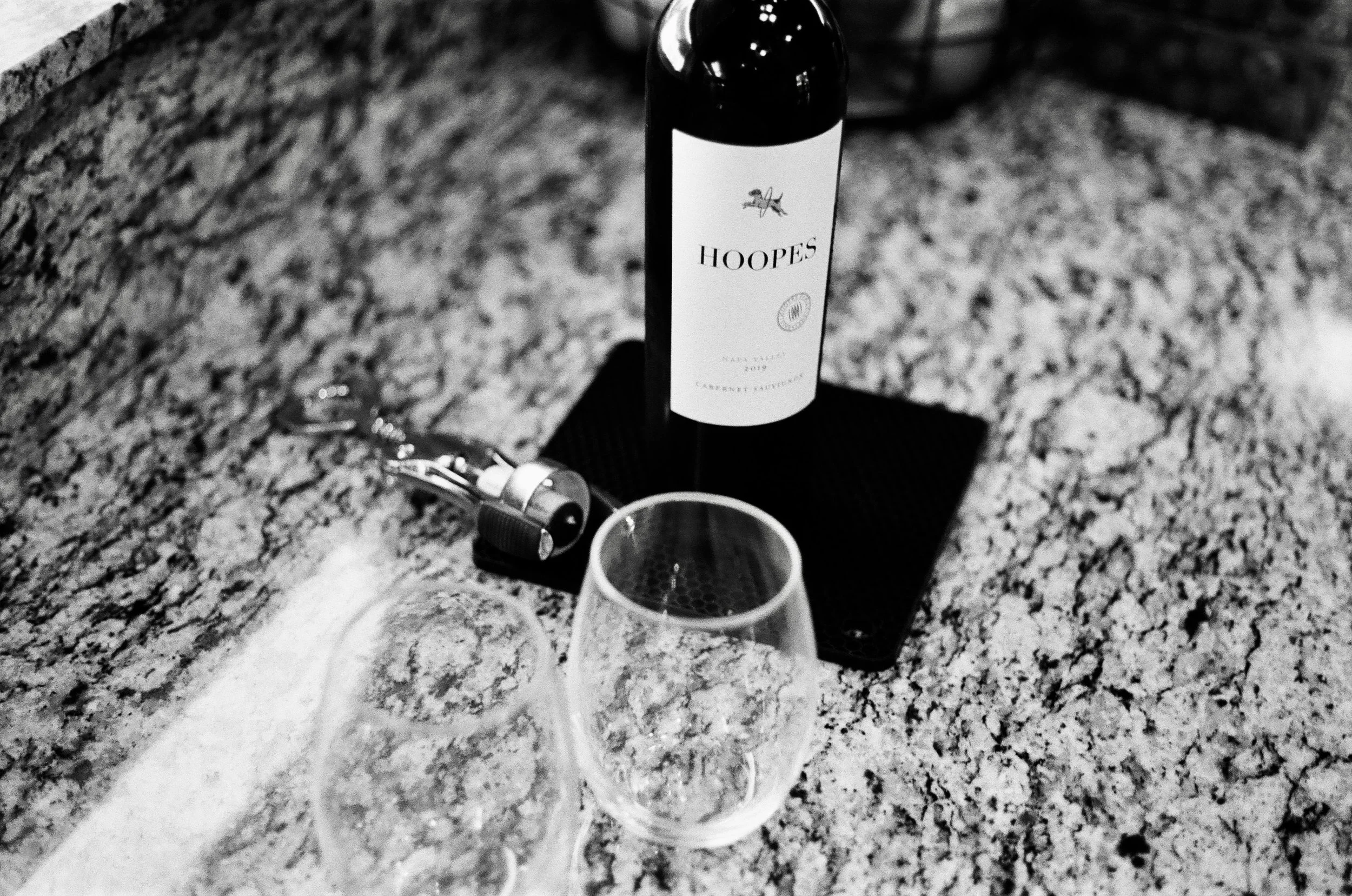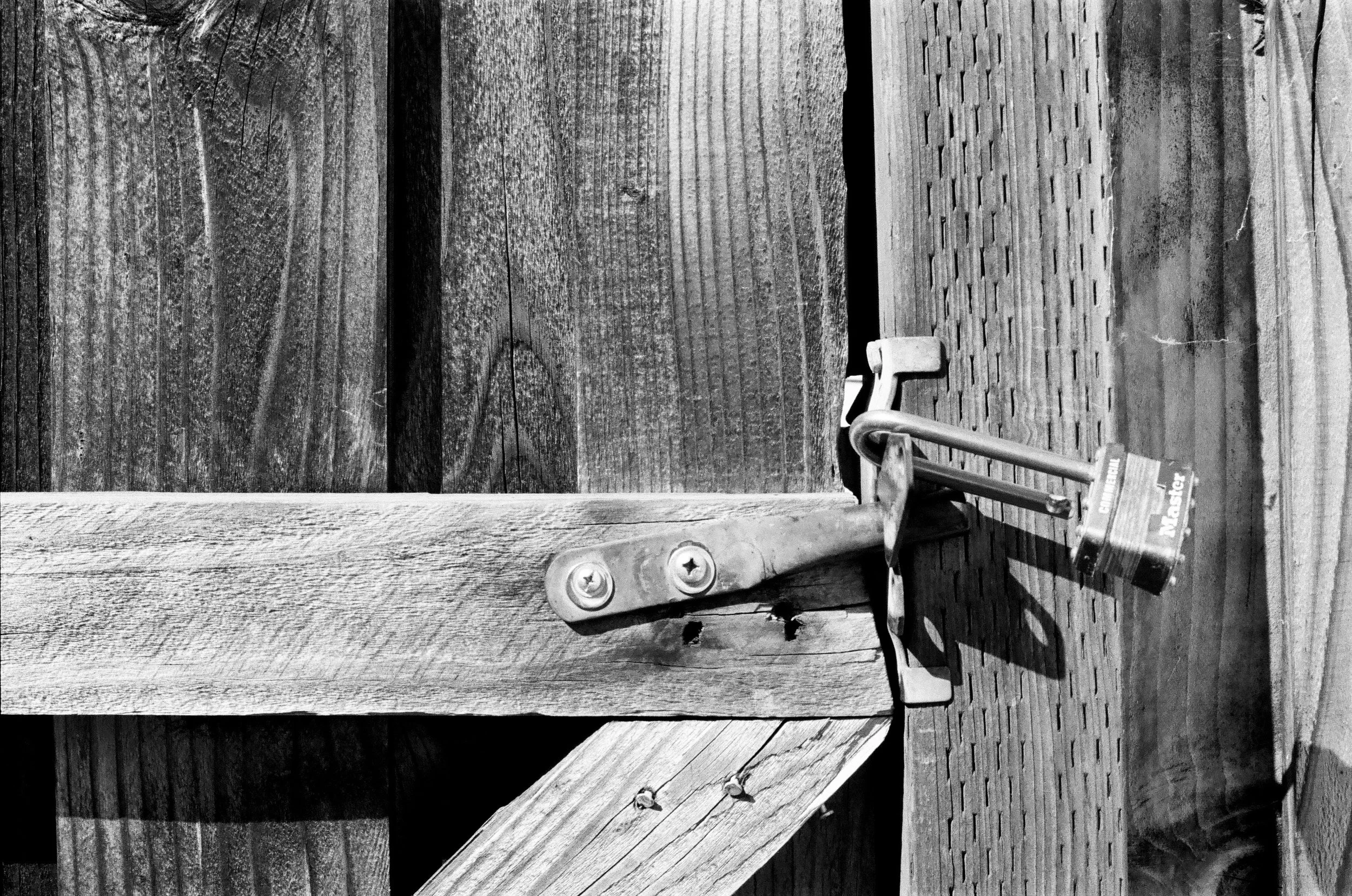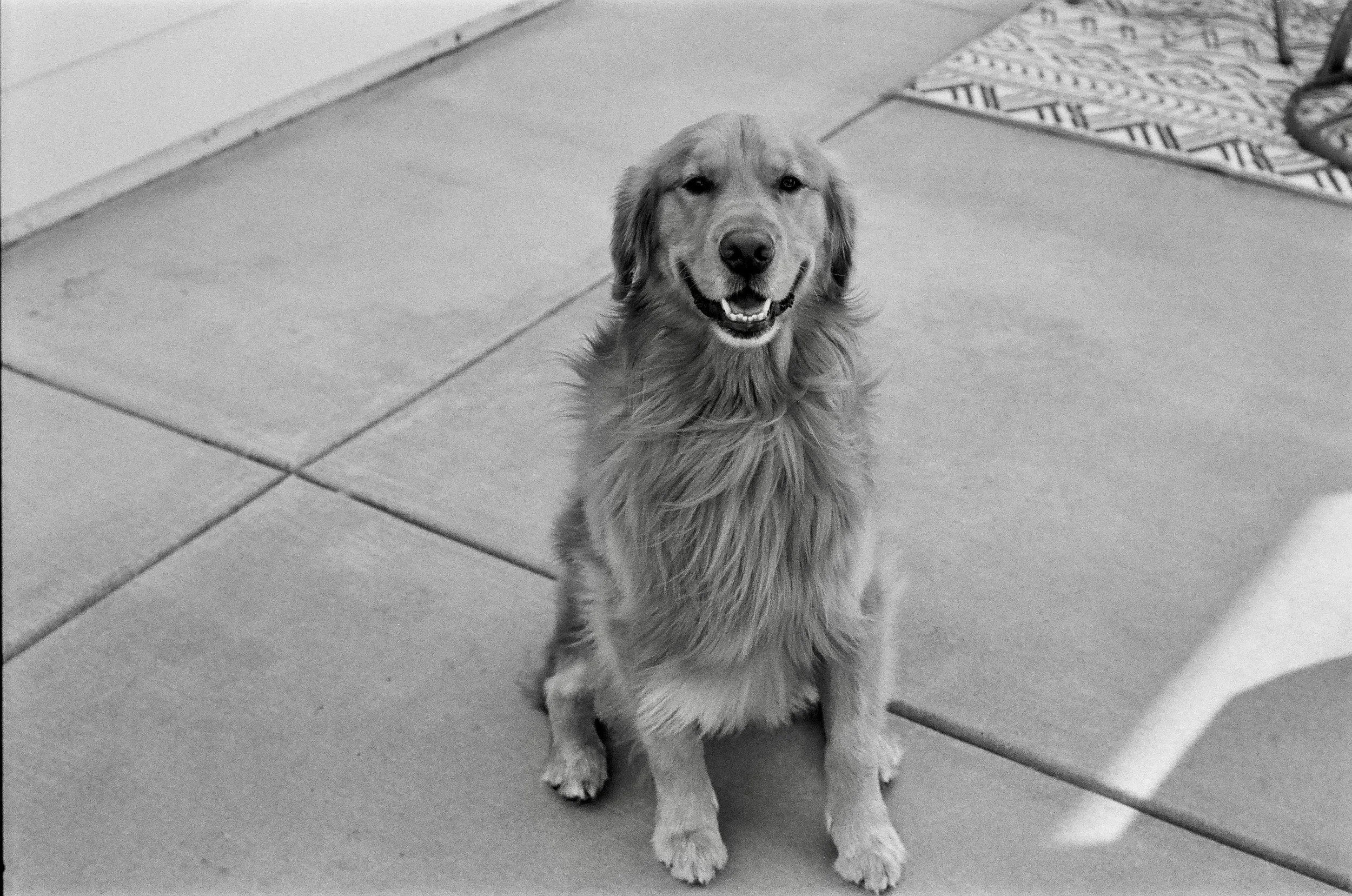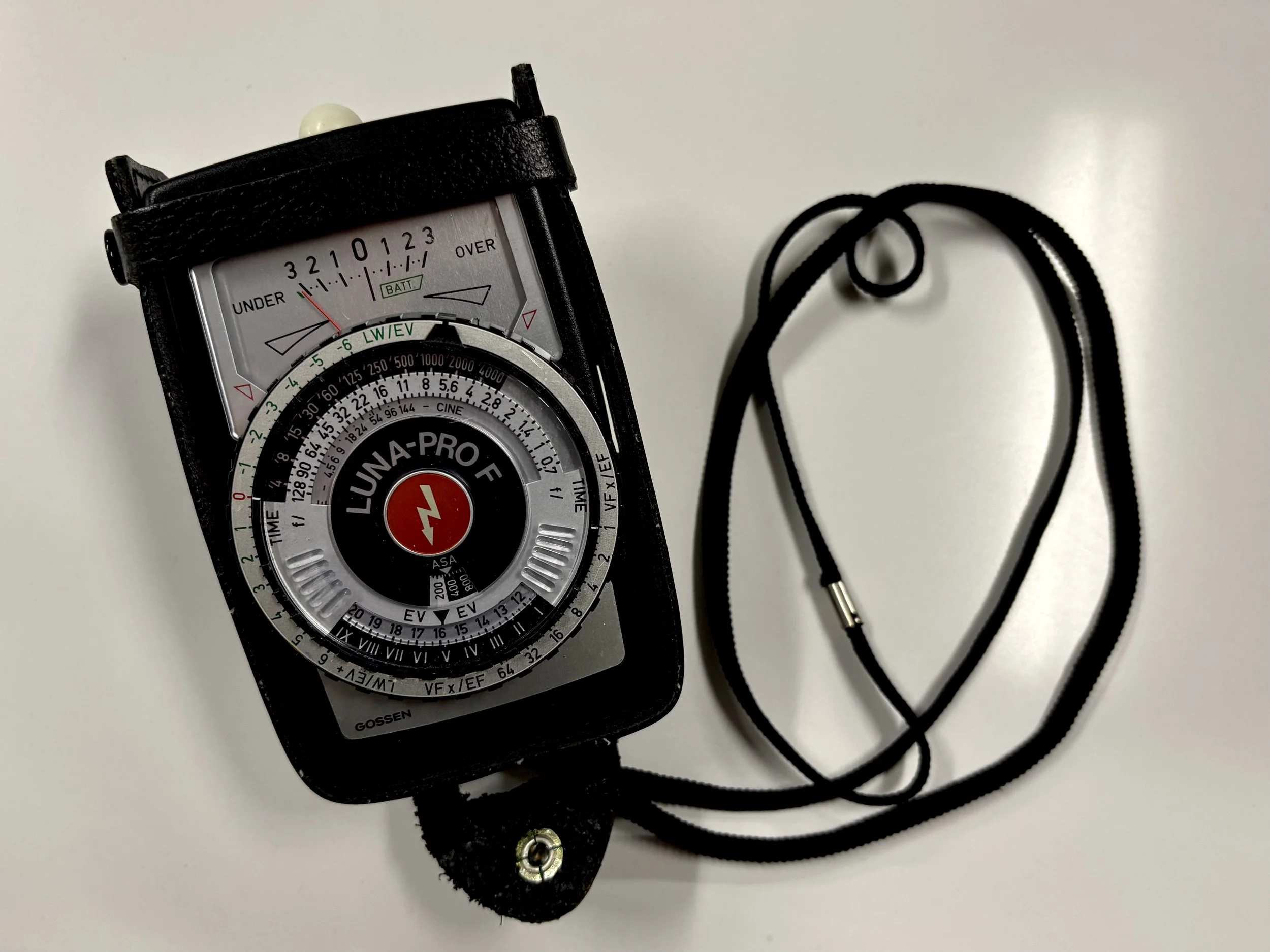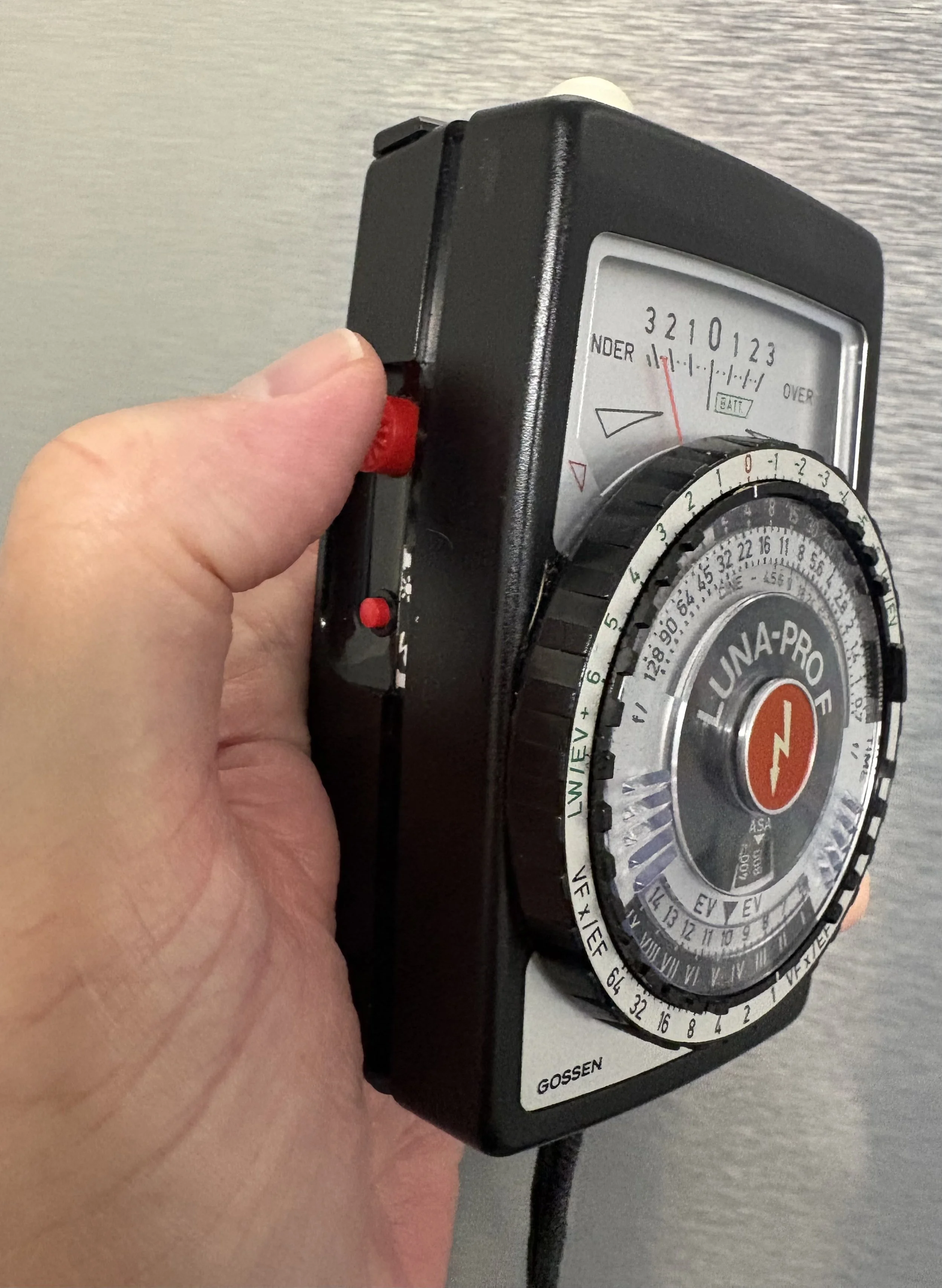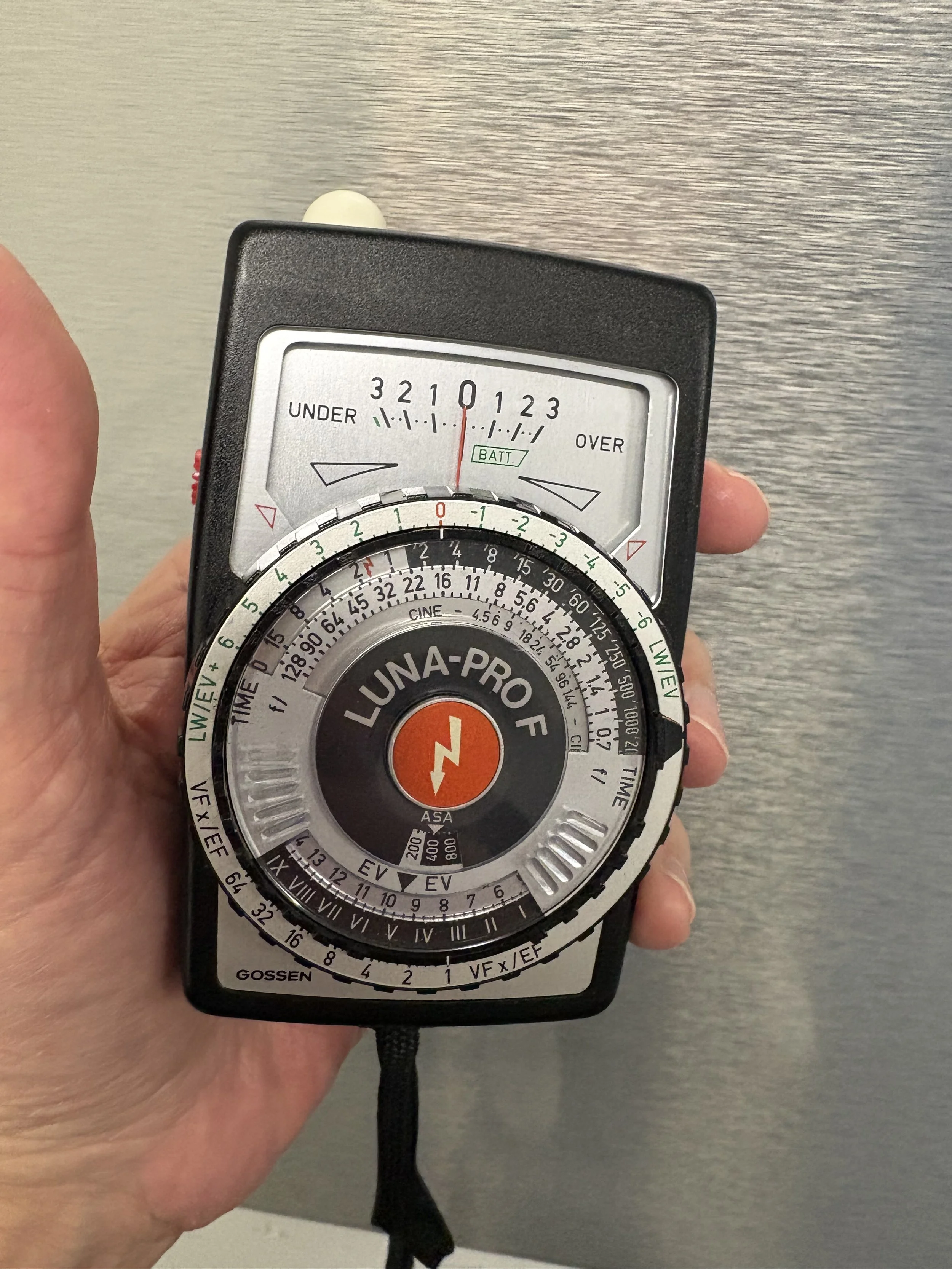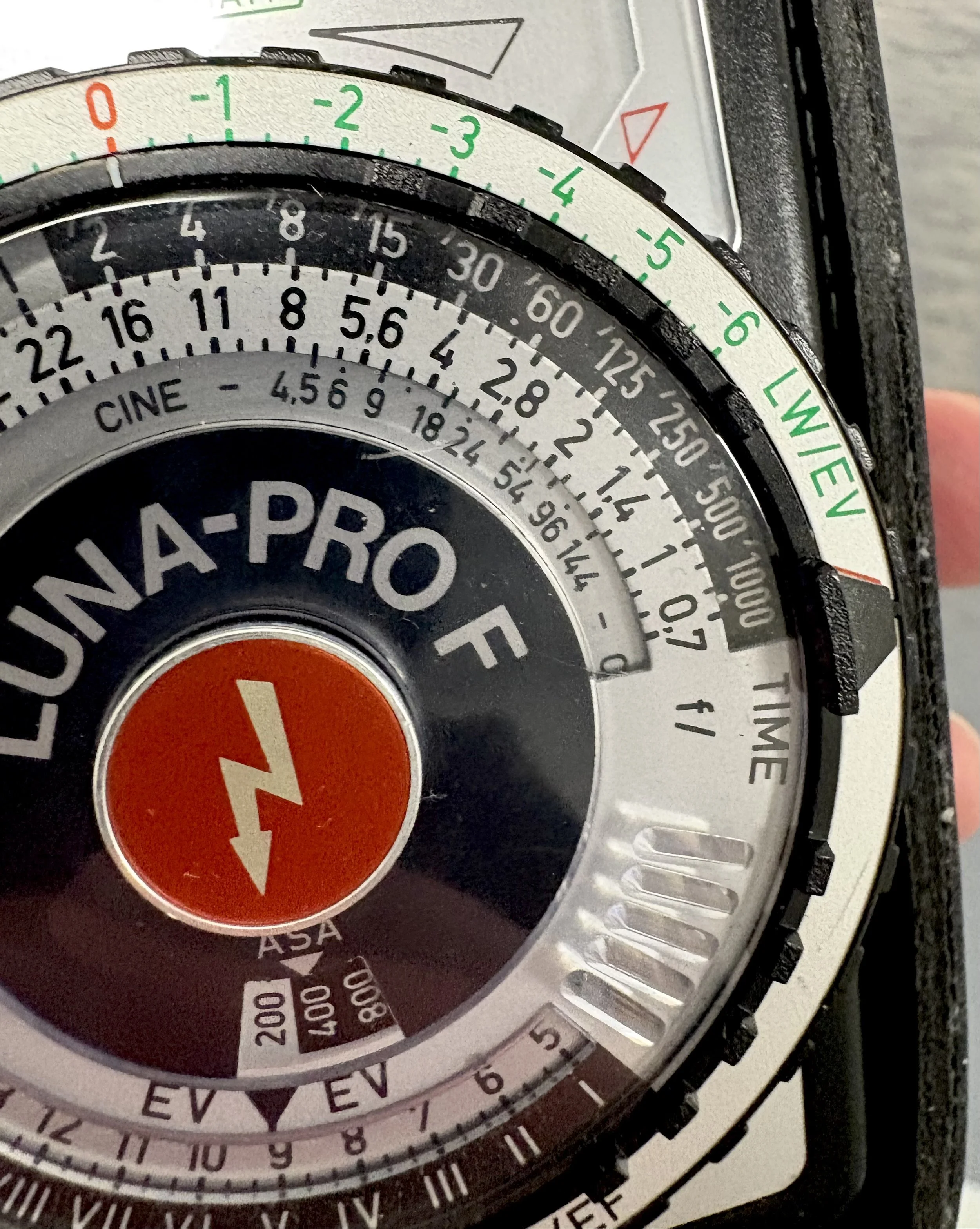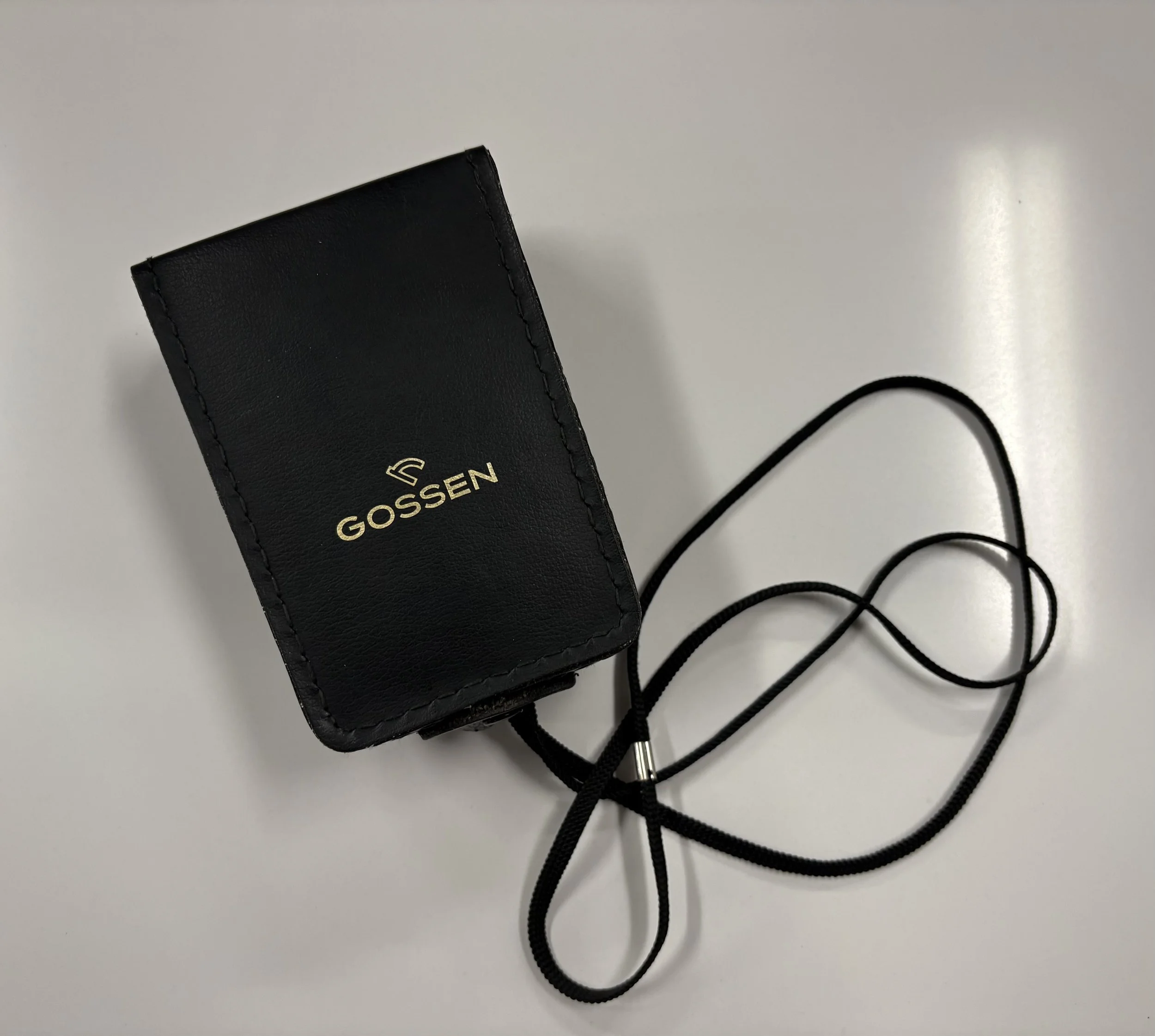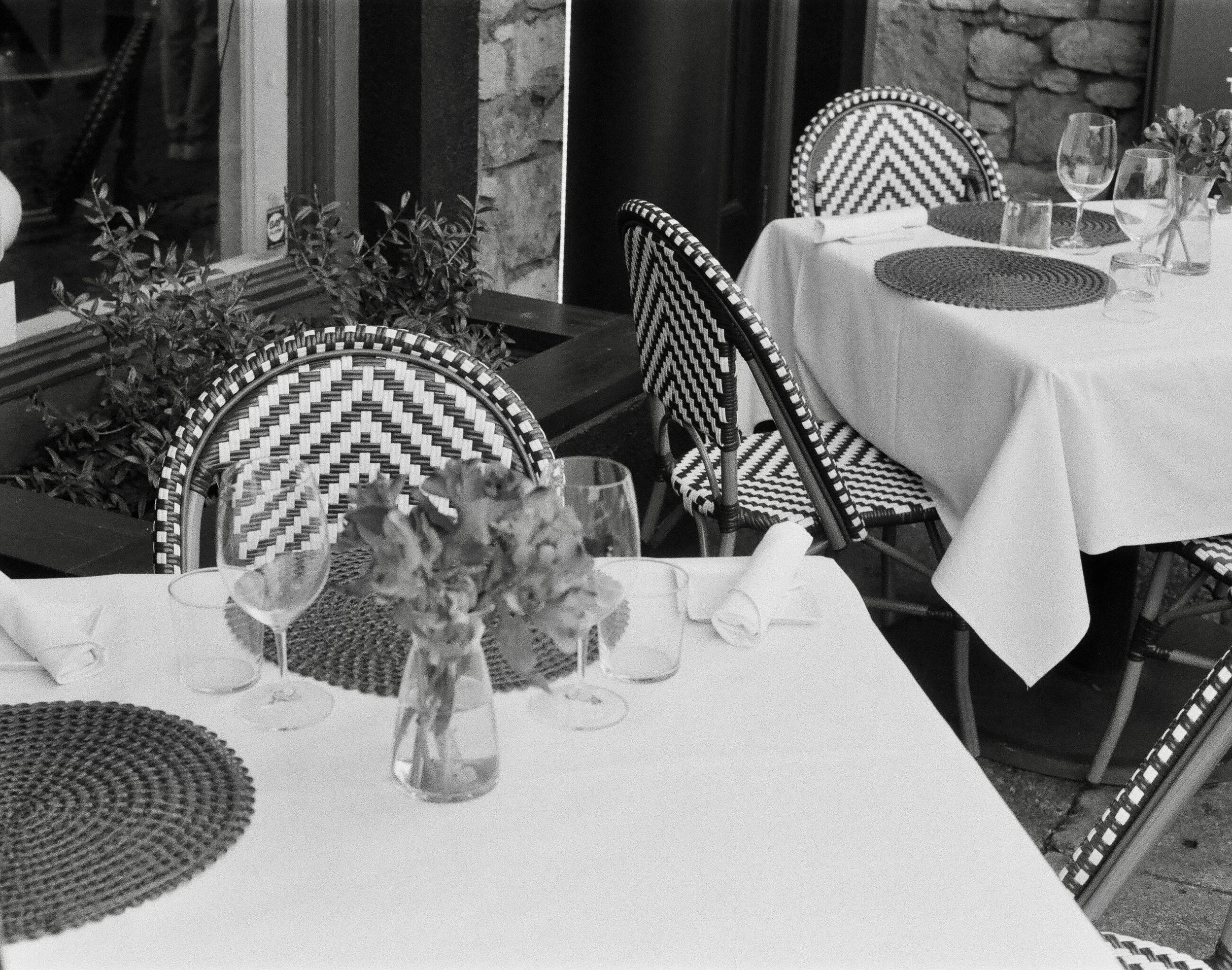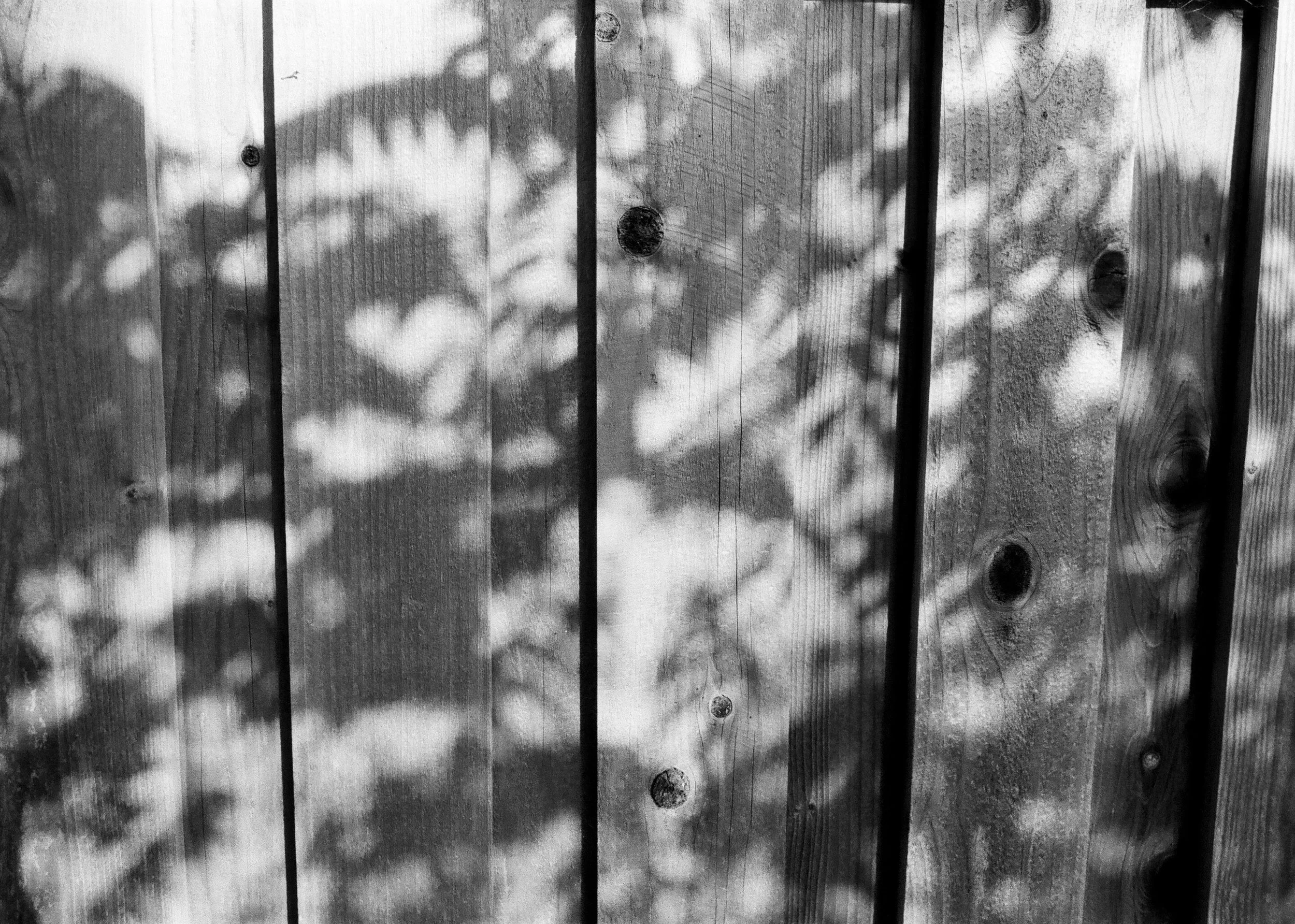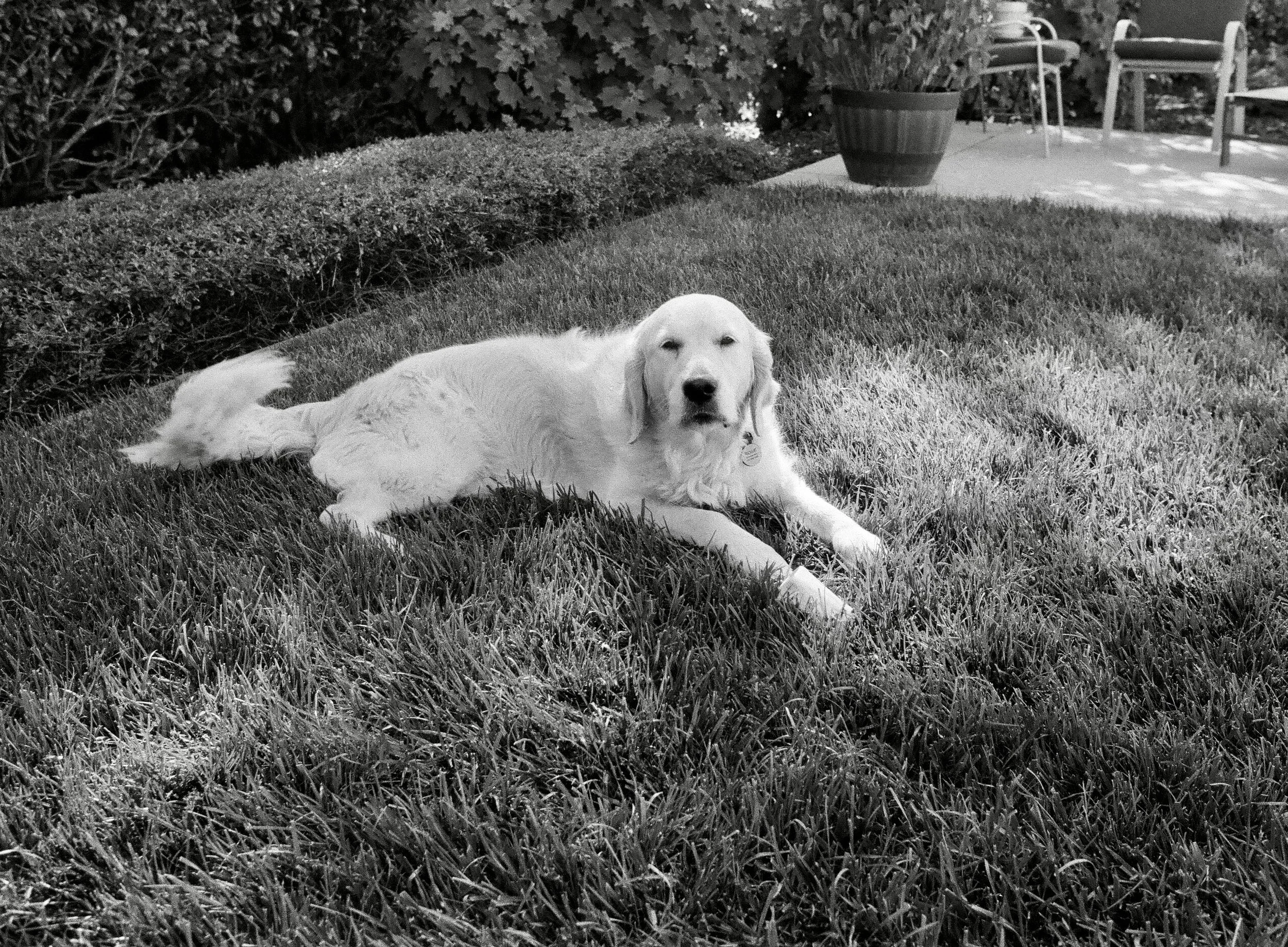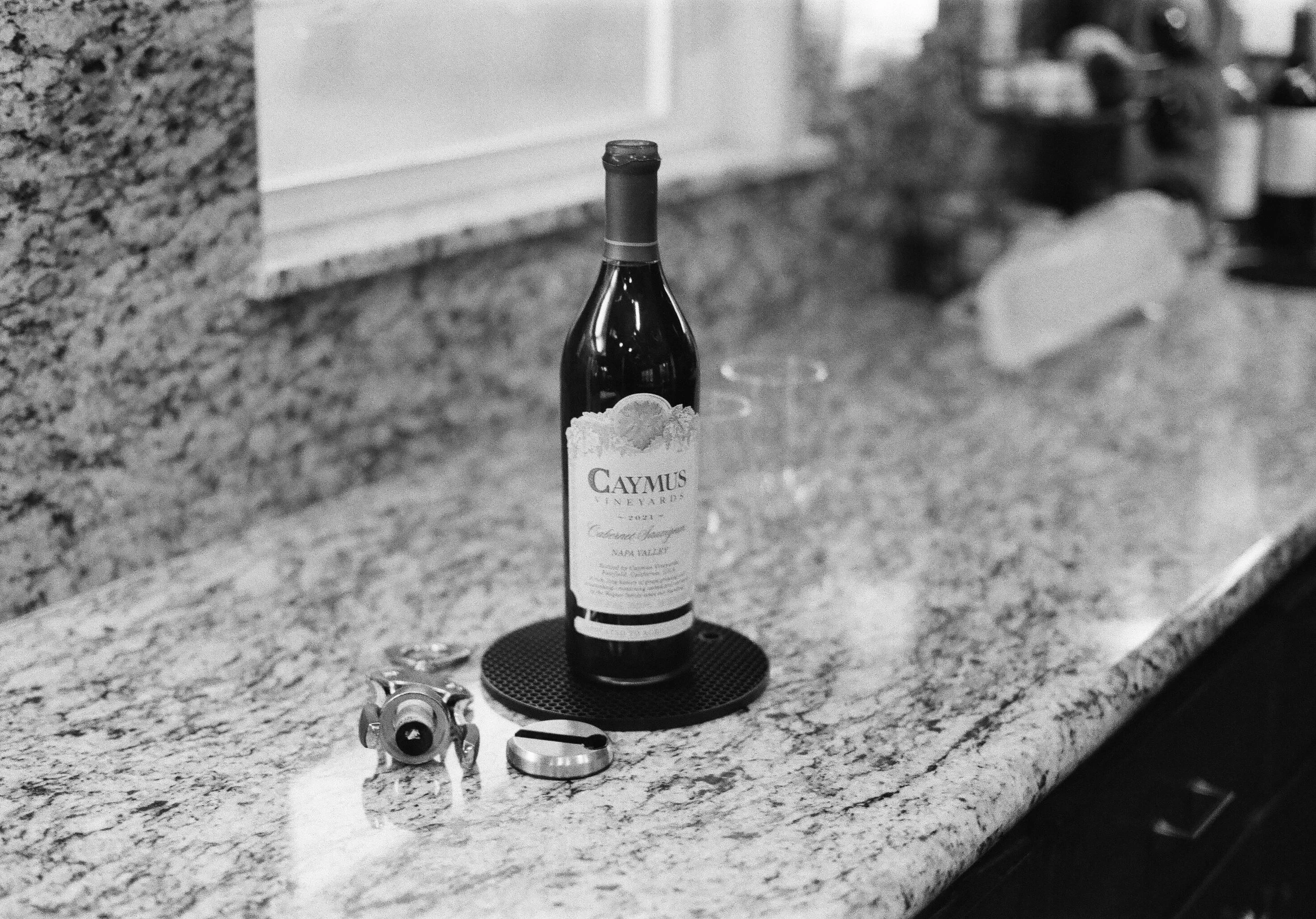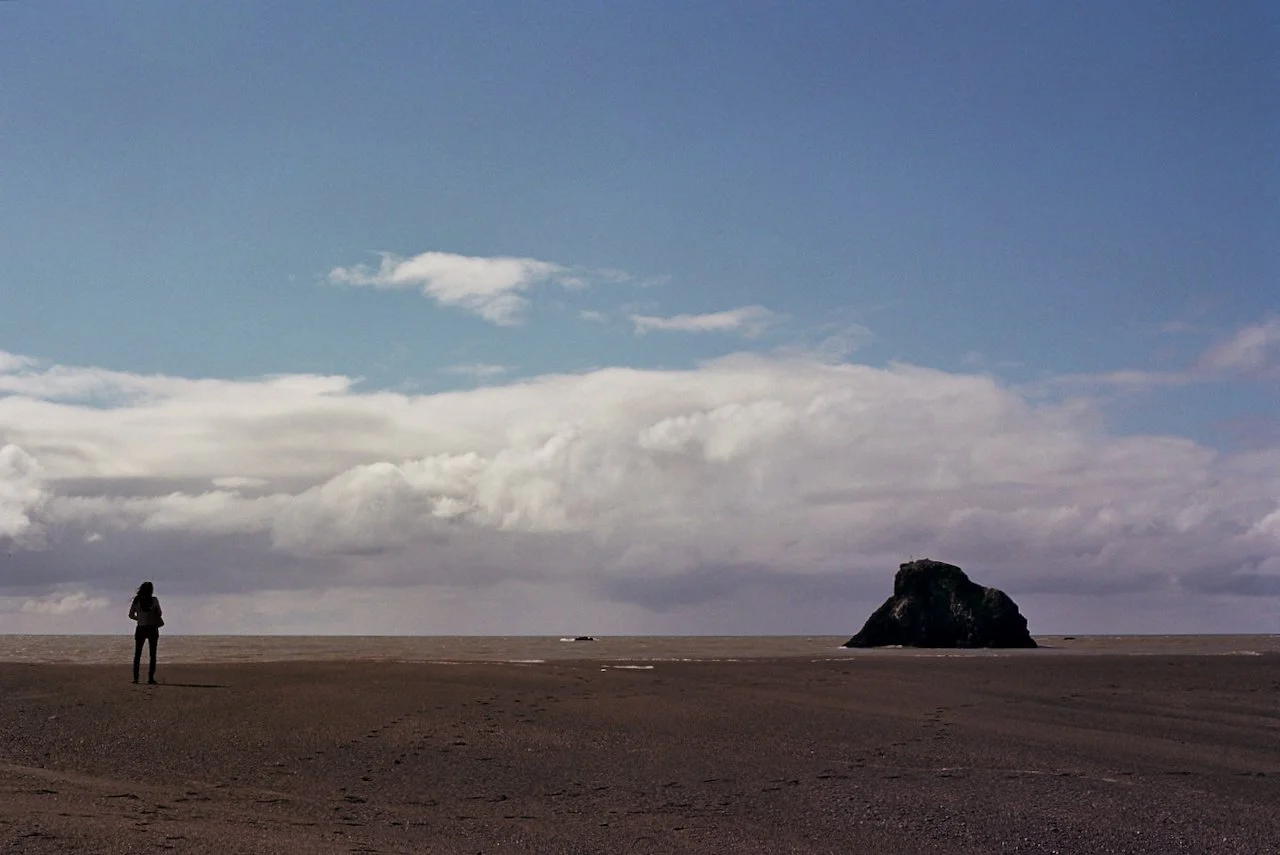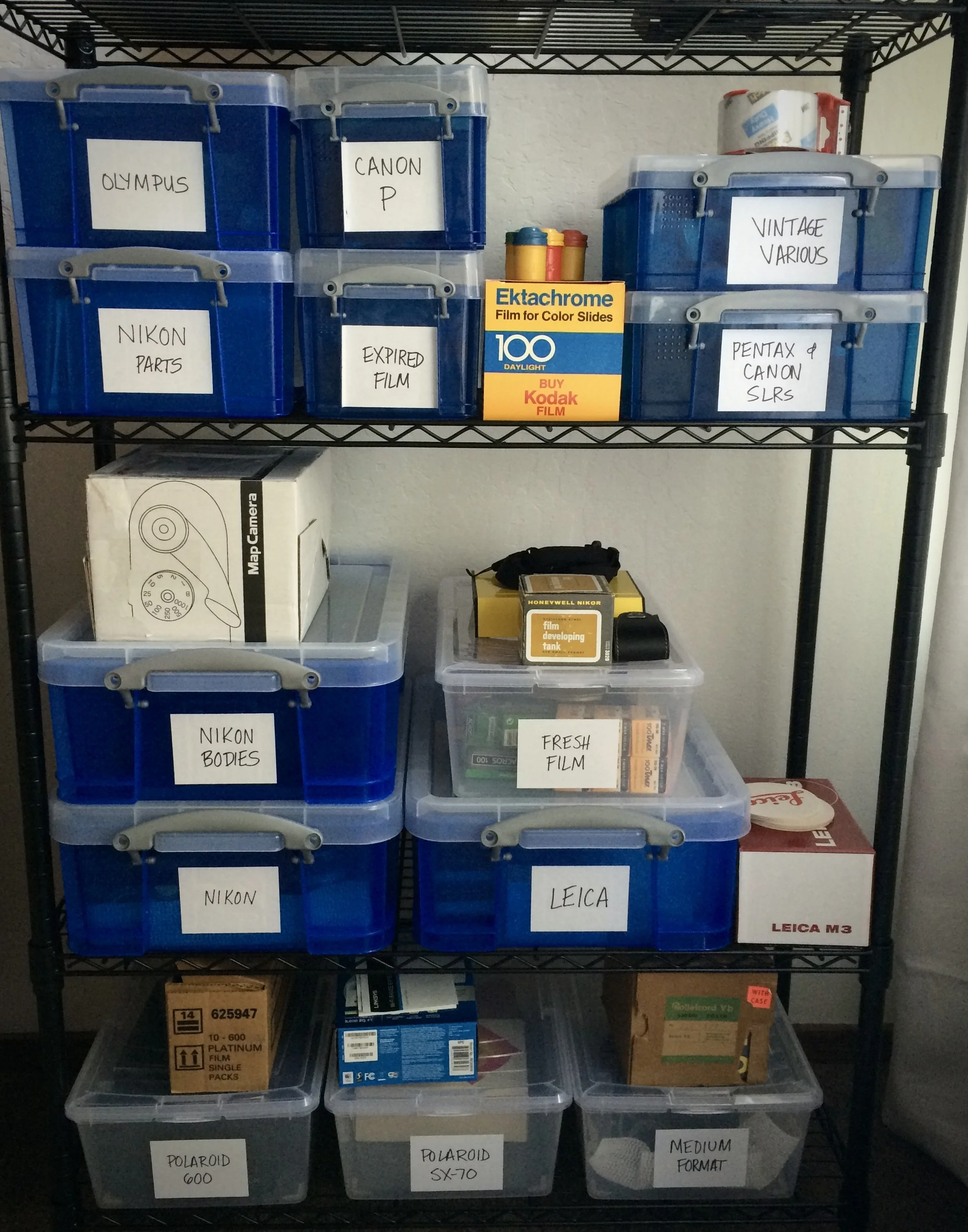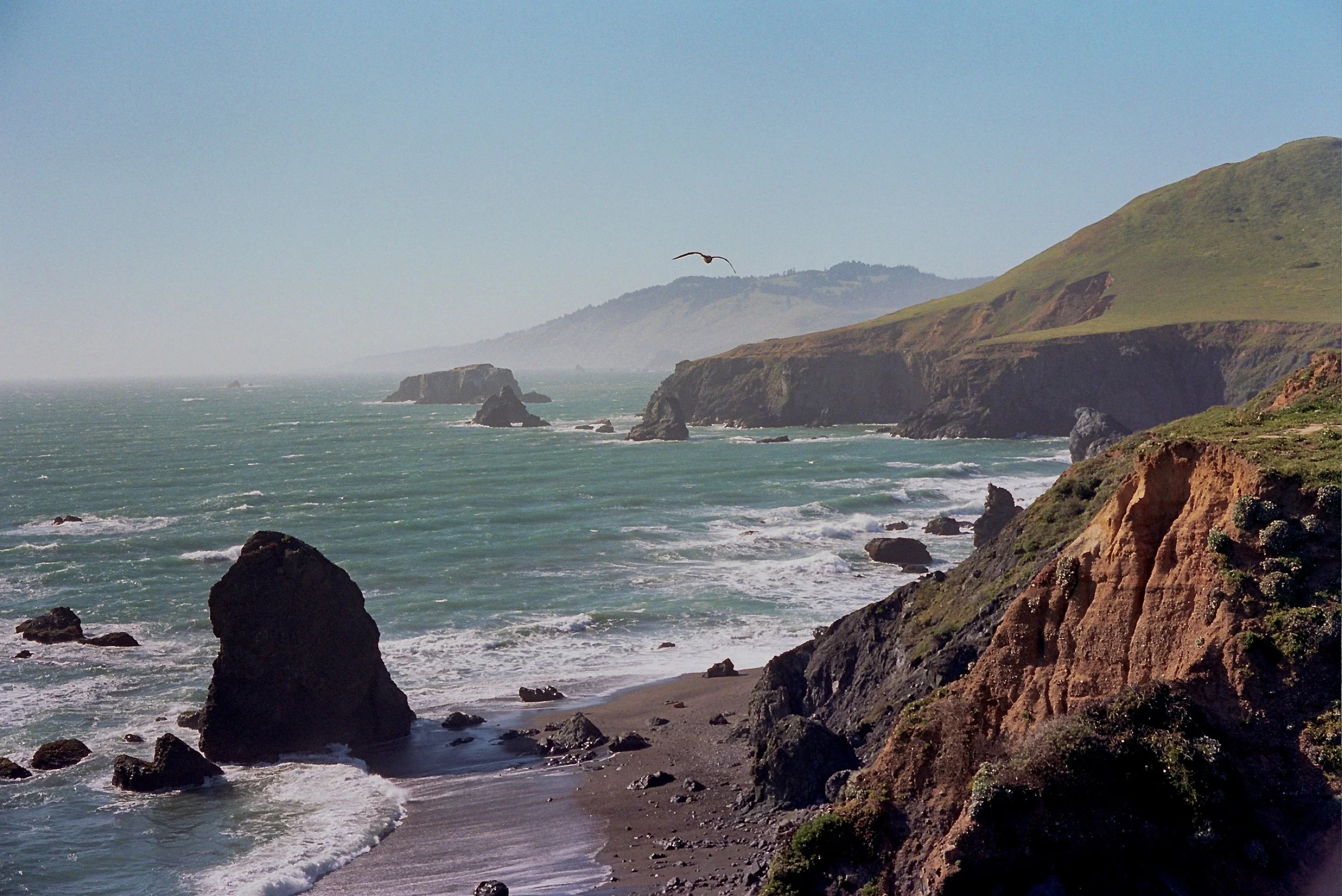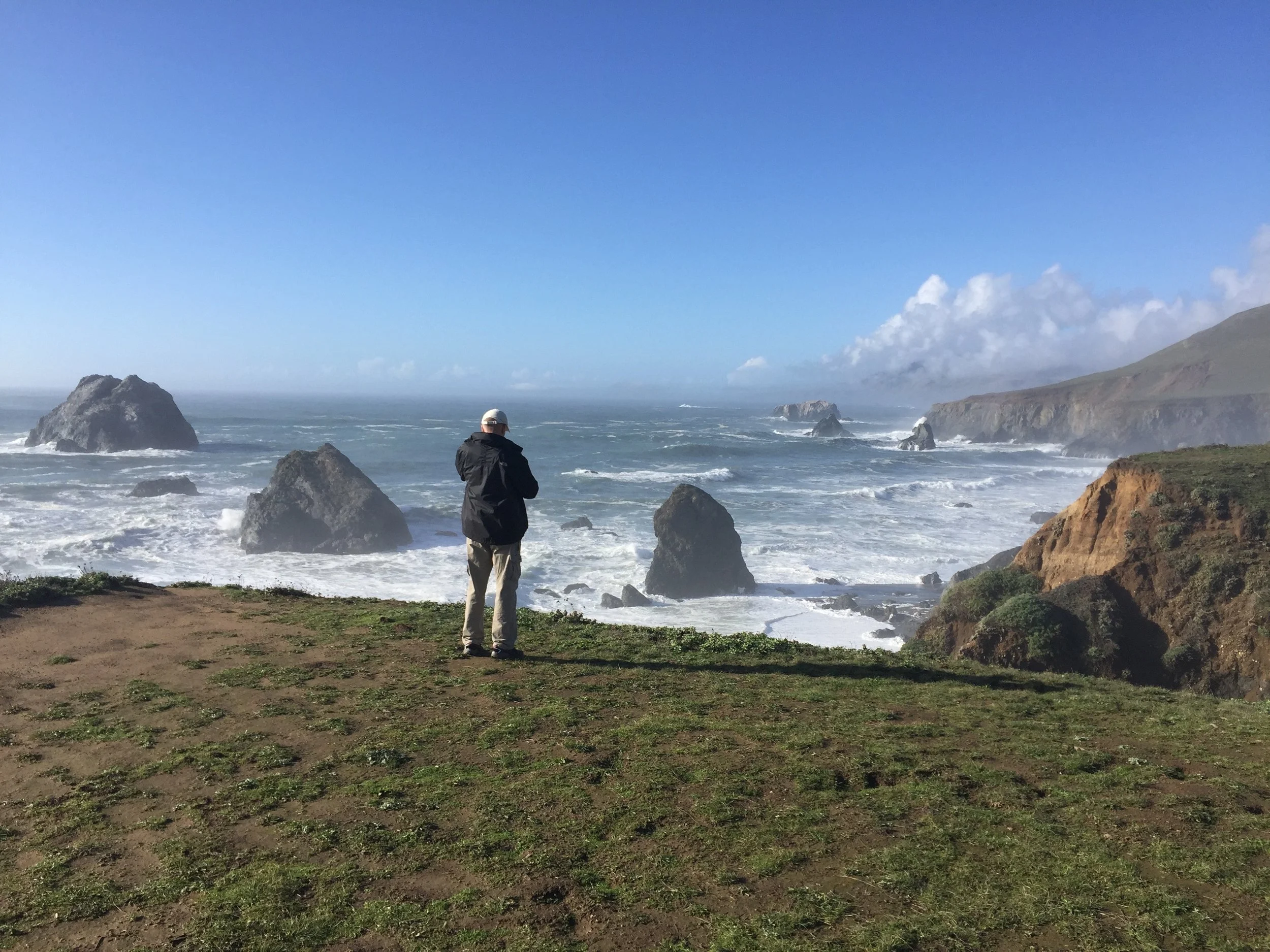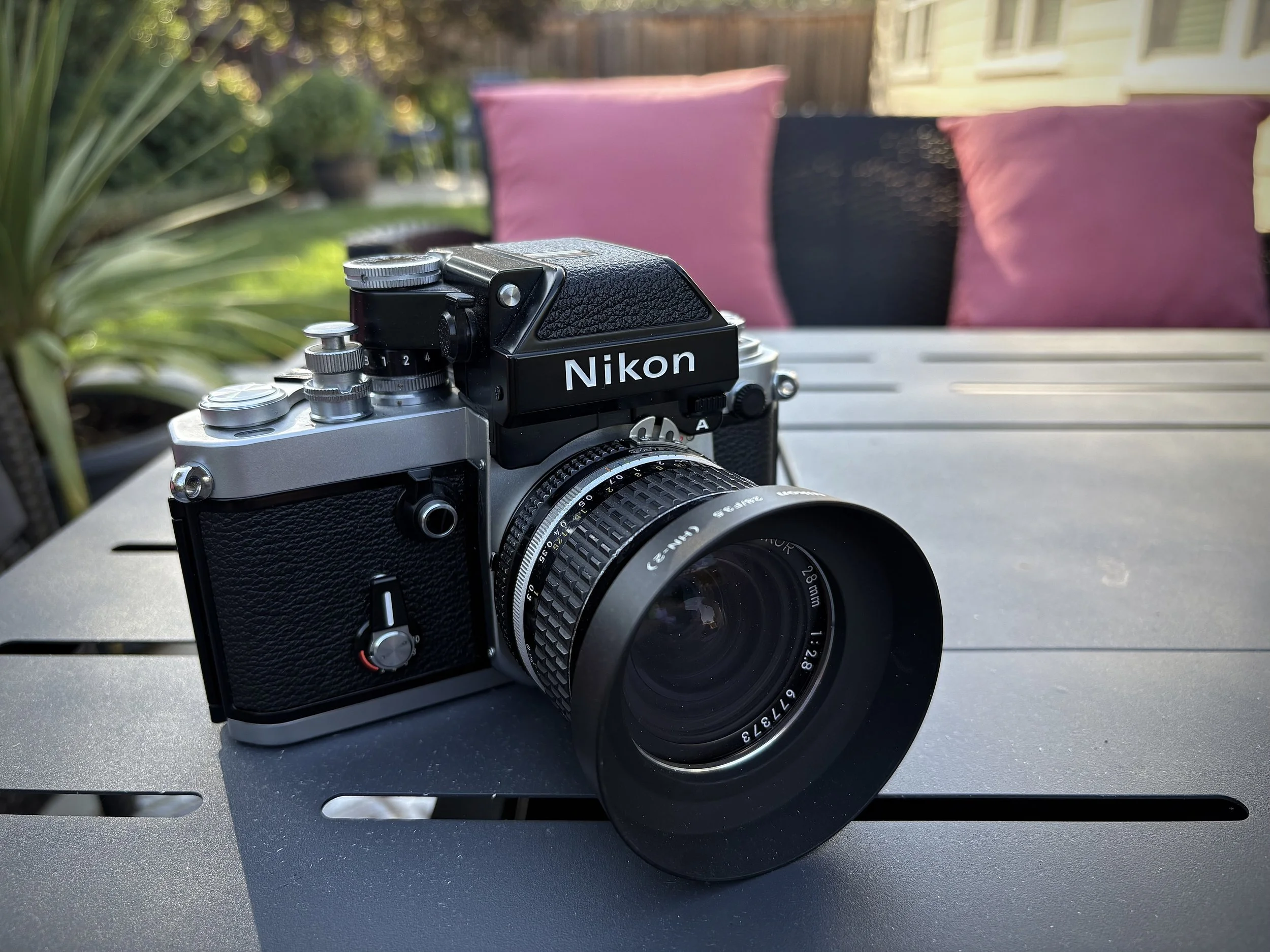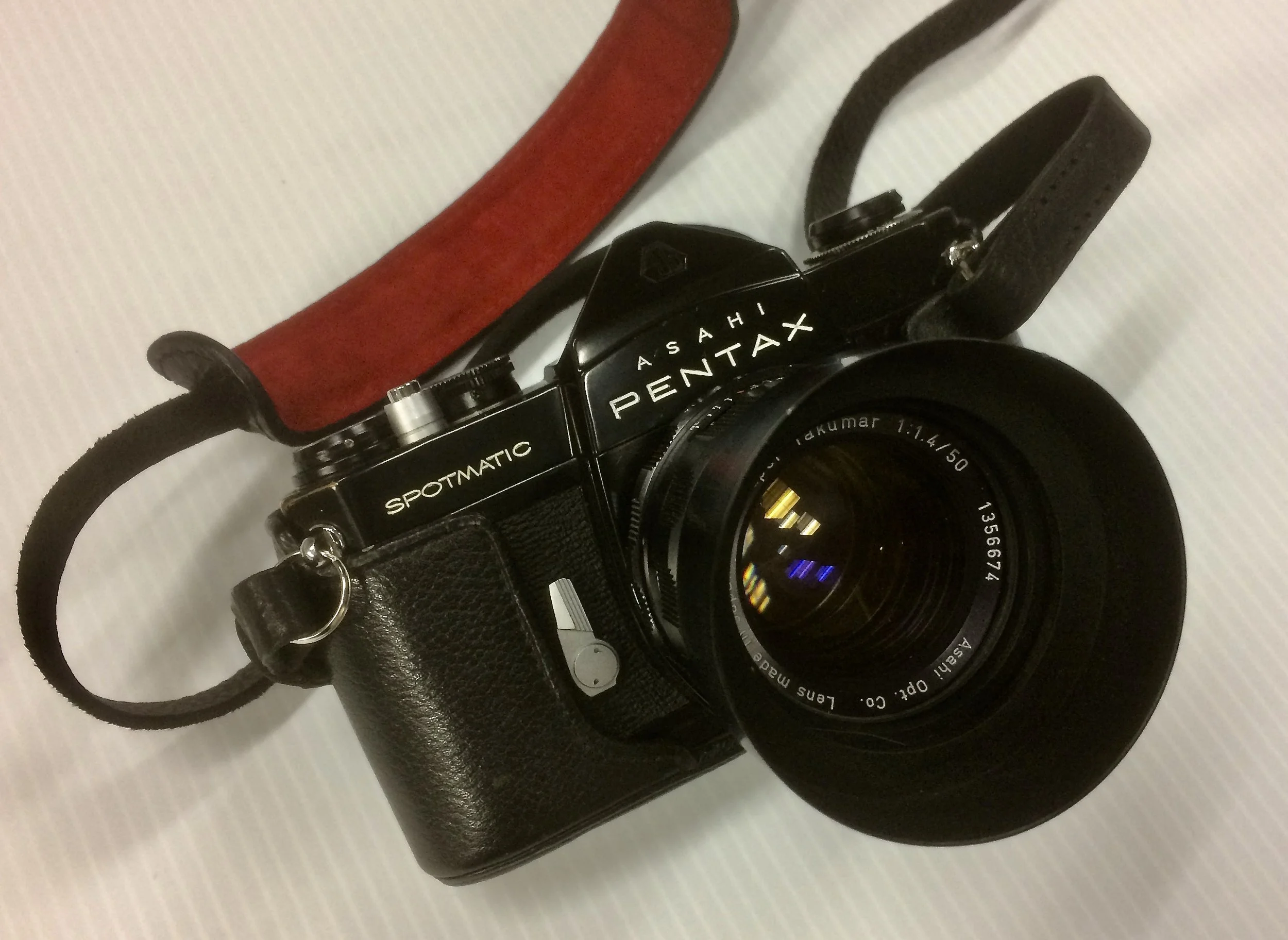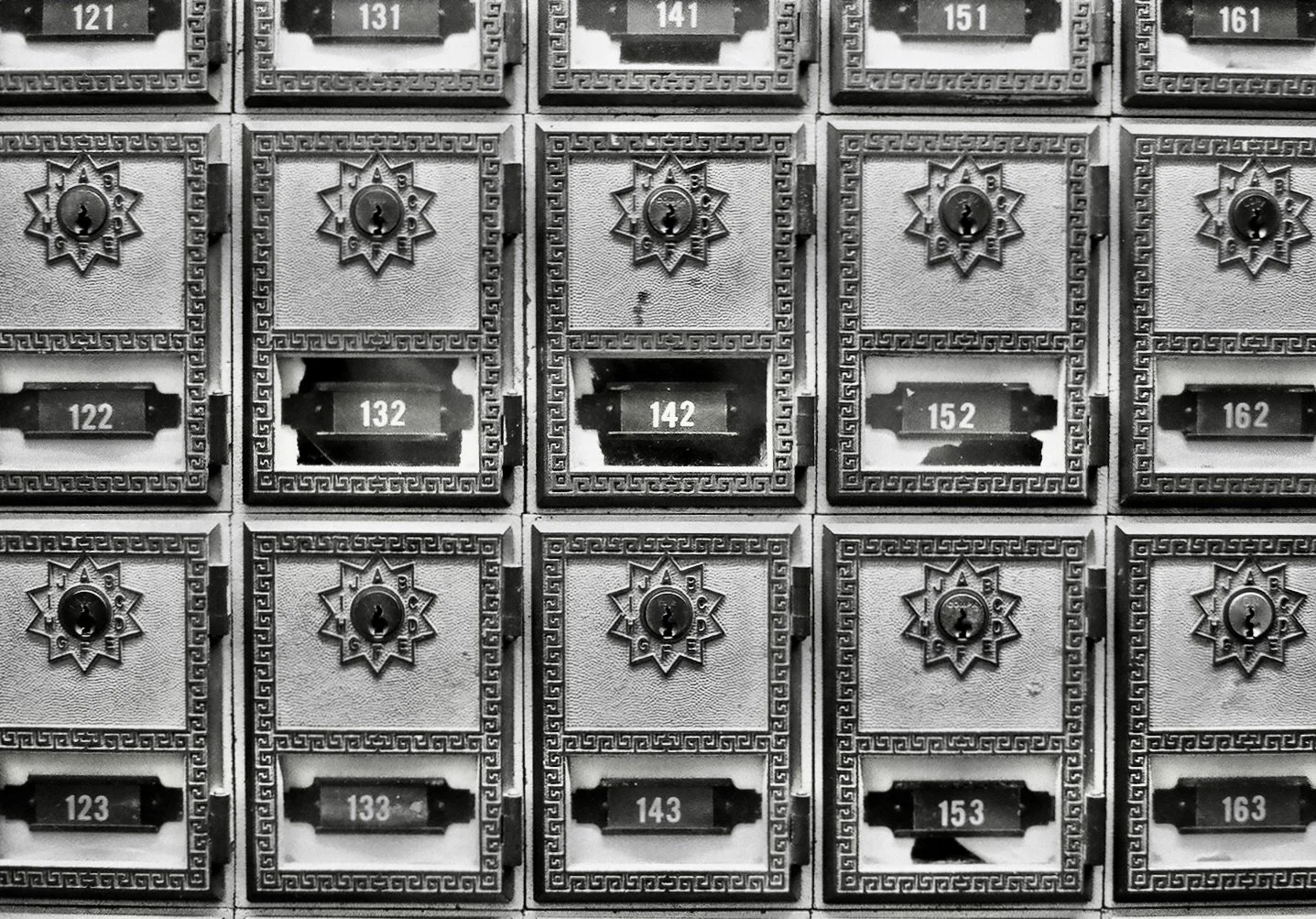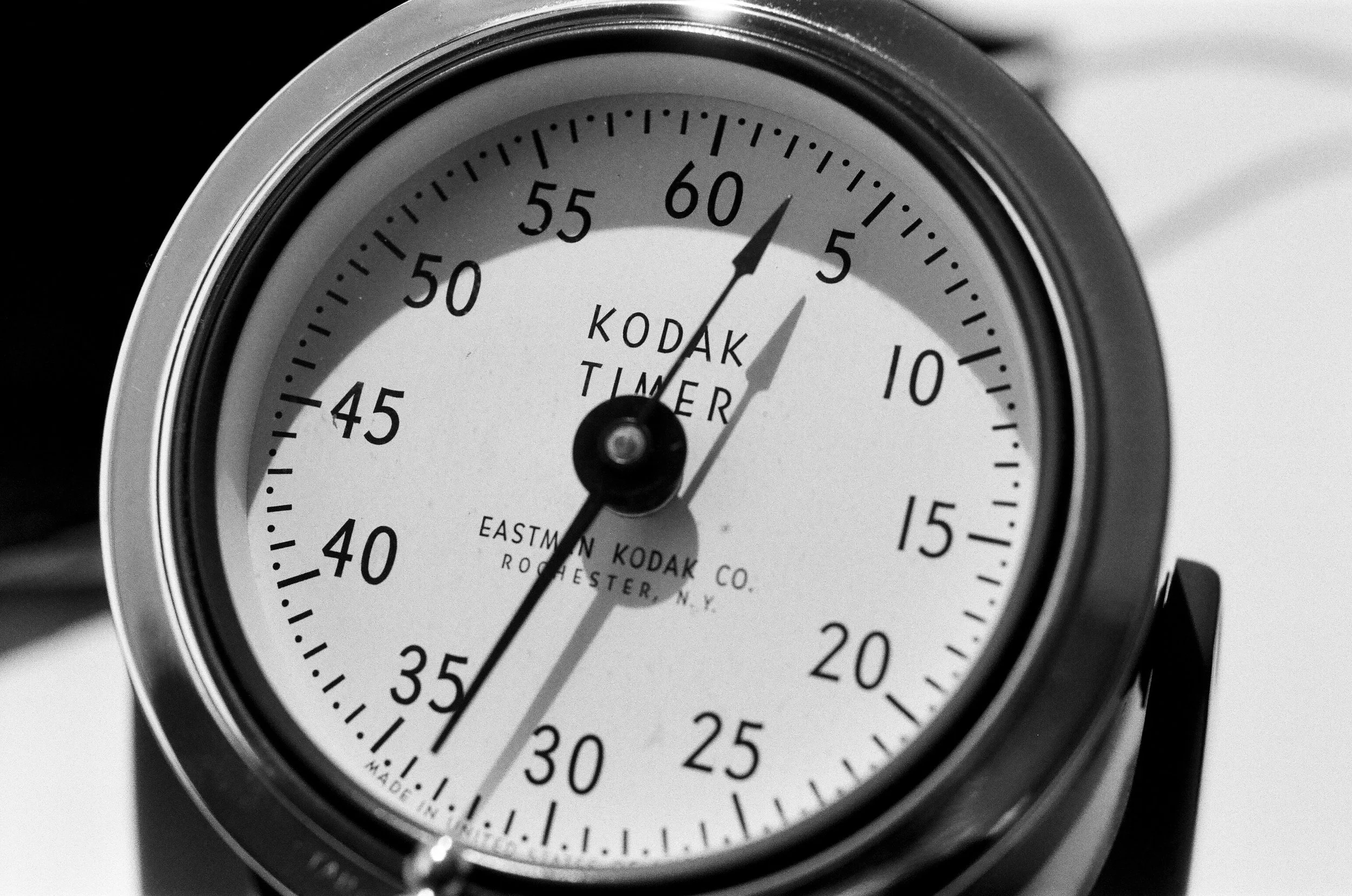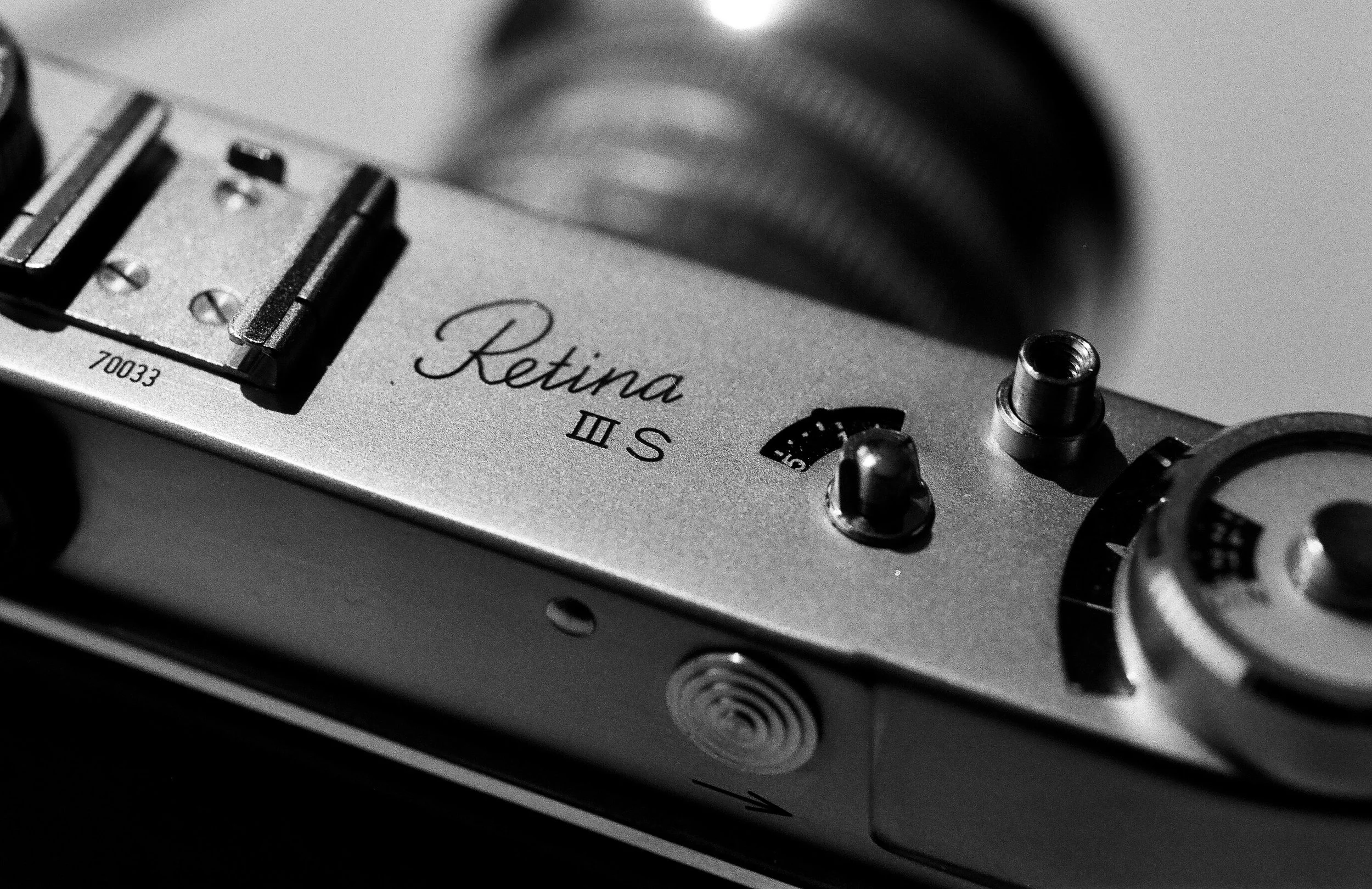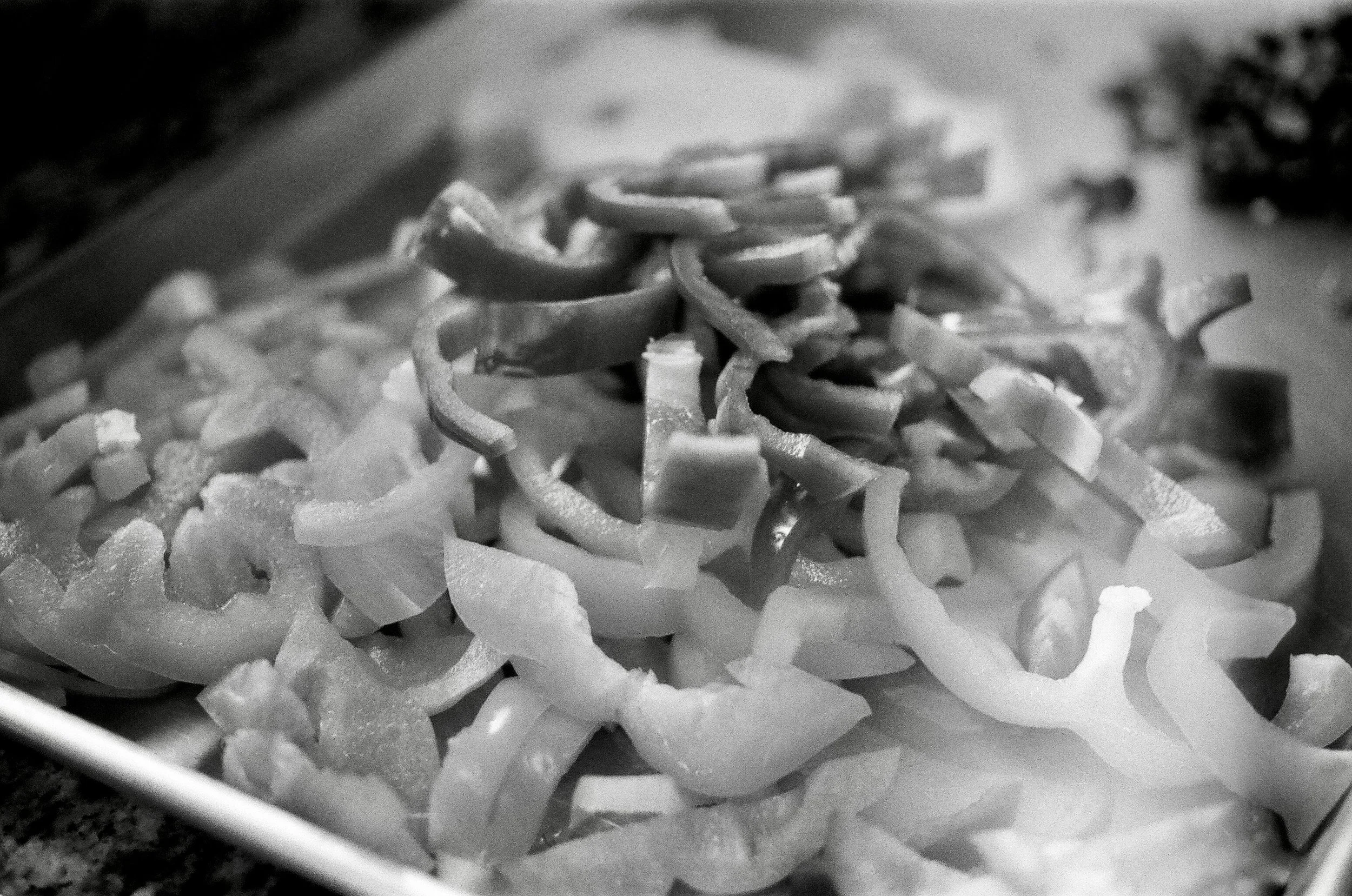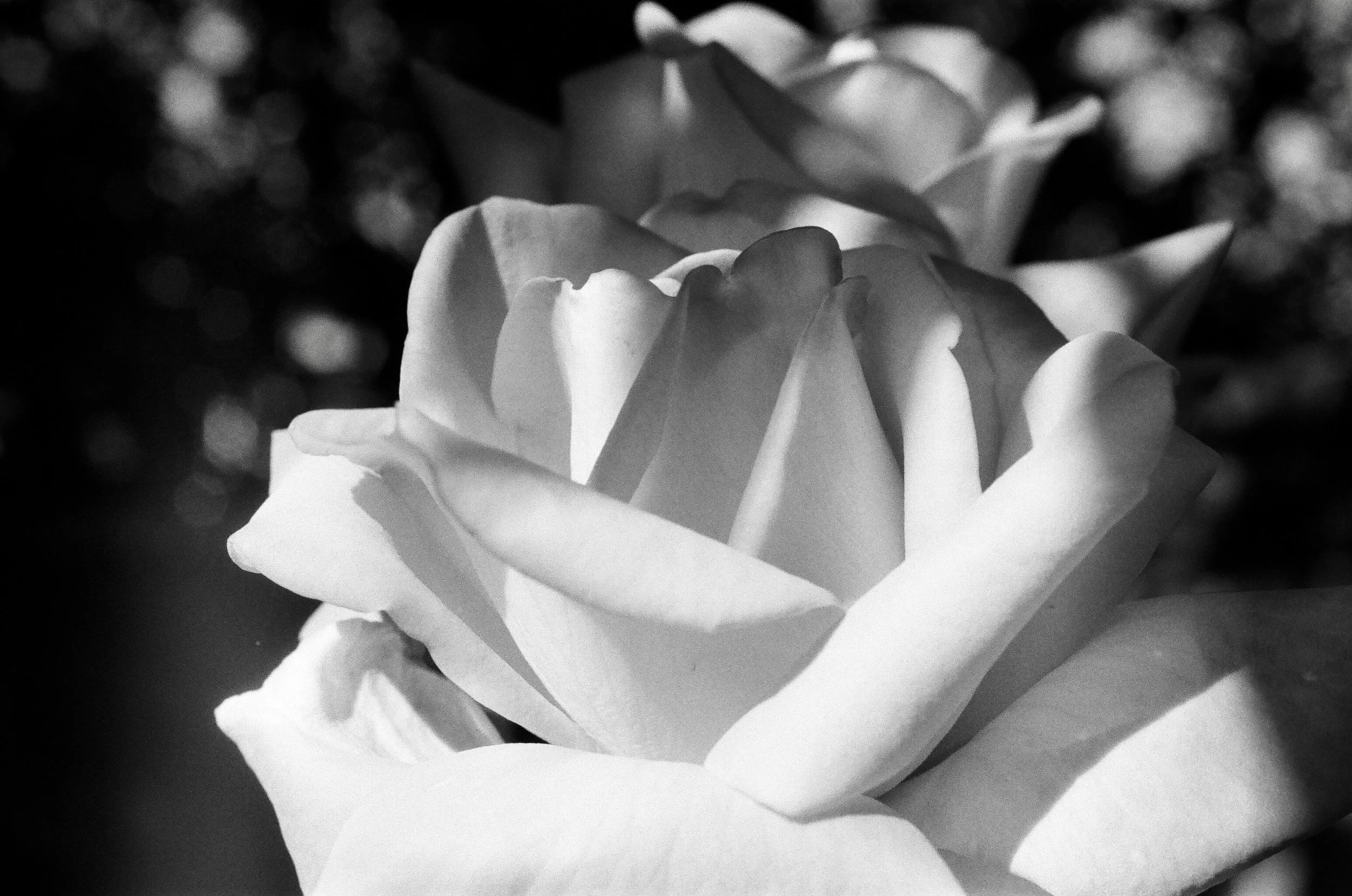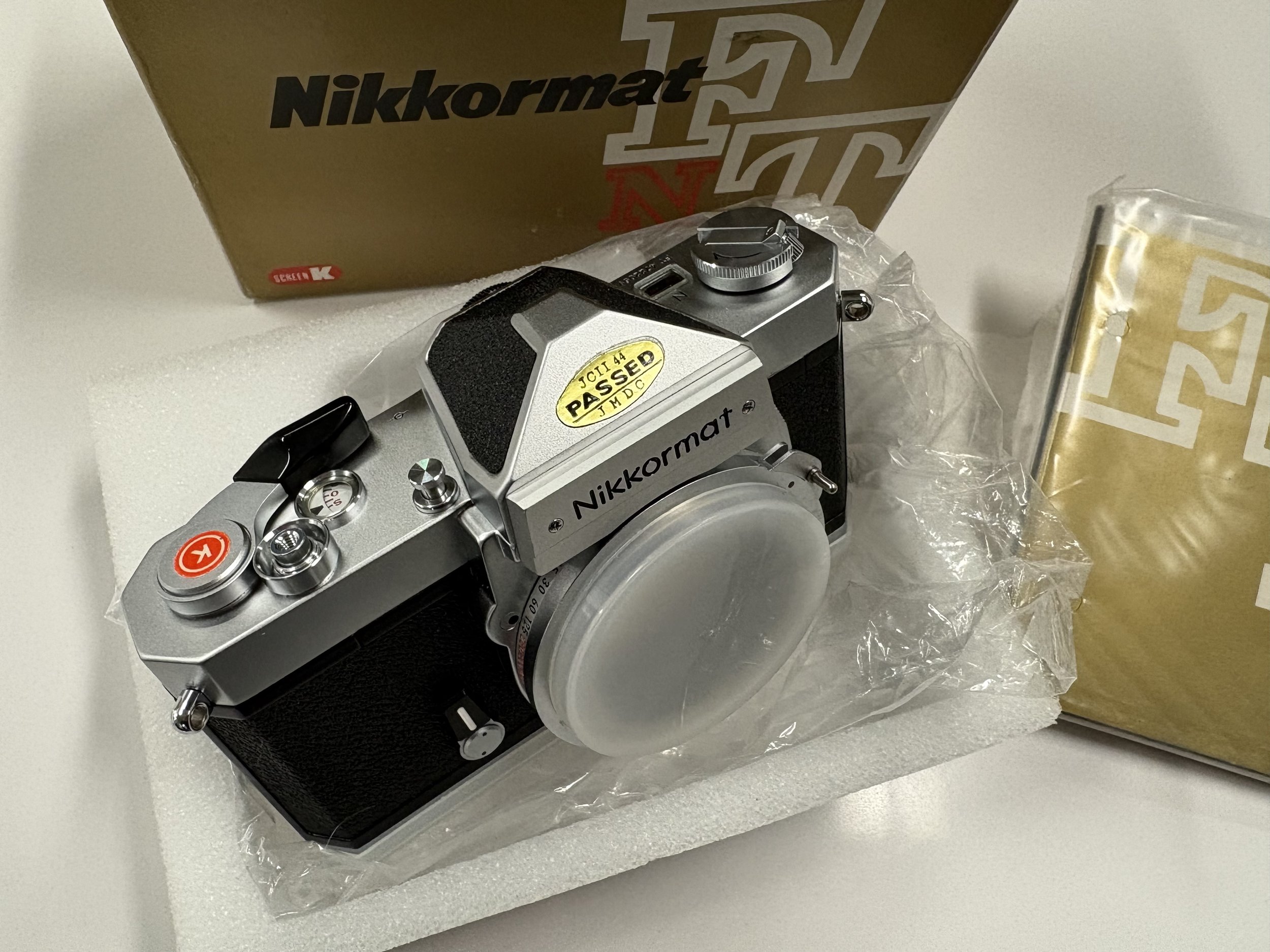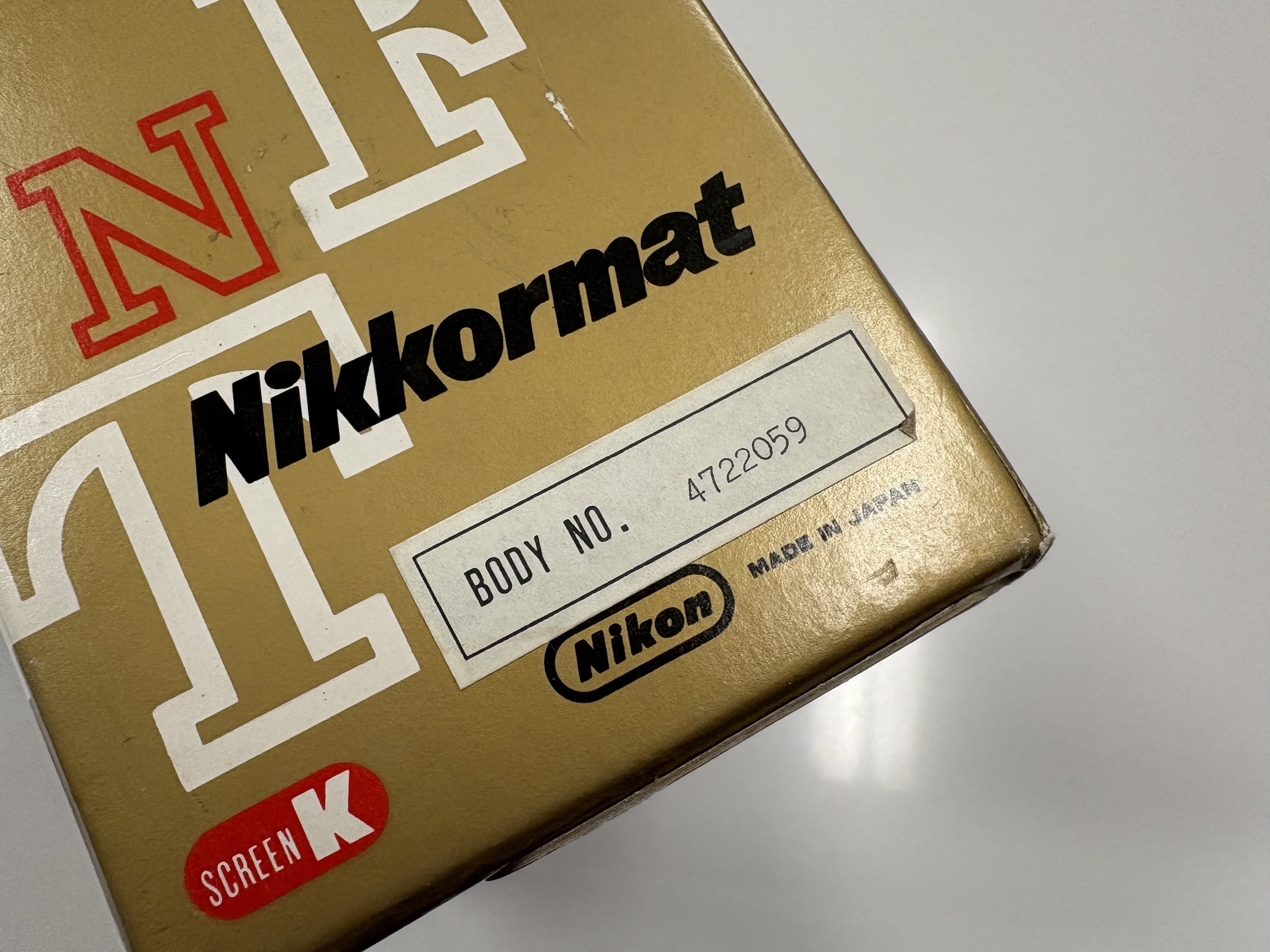A Tale of Regret & Renewal: The Pentax Spotmatic
I’ve been spending some time lately organizing and cleaning up my archive of analog photographs. In the process, I realized that many of the ones I consider technically pretty good as well as personally satisfying, were made with two camera kits; a Leica M6TTL and 35mm f/2 Summicron and a Pentax Spotmatic and 50mm f/1.4 Super Takumar. Here are two examples, both shot on Kodak film.
Fort Point, CA—Leica M6TTL, 35 Summicron, Kodak T Max 400
Pierce Point Ranch. Pt. Reyes National Seashore, CA — Pentax Spotmatic, 50/1.4 Super-Tak, Kodak T Max 100
I sold my Leica several years ago and the cost of acquiring another one today as well as the Summicron lens is financially out of the question. My Leica days are over unless I win the lottery. I sold my Spotmatic some time back as well. The one I had was a black body version that I had CLA’d and modified with a split image focus screen. A reader of this blog wrote and made me an offer that I could not refuse, so away went the Spottie. After receiving the Spotmatic, the buyer wrote me a nice note and said he thought I might regret selling the modified Pentax. He was right…I did and have missed having a camera body that takes M42 lenses, especially since I still have several nice Takumar primes.
To satisfy my Pentax screw mount yearning, I briefly considered buying a Voightlander Bessaflex TM, a M42 mount SLR made by Cosina from 2003 to 2007. Most of the ones I saw online were for sale in Japan and priced more than I wanted to spend or there were import duties that had to be paid. The other option was to begin looking for another Spotmatic. My favorite of all of the Spotmatics is the SP which does not have a built in hotshoe. I also wanted a black body, like the one I had sold. I casually browsed eBay for several weeks and saw lots of chrome bodies and the occasional black body. Nothing caught my eye. Then, one morning, I saw a black Spotmatic for sale on Facebook marketplace. It looked very nice, the listing said that the camera had been recently serviced by Eric Hendrickson and best of all, the owner was local! We messaged back and forth and made a deal.
When the camera arrived, it was better than advertised. All of the previous owners had taken good care of it and I know that Eric Hendrickson is the master of Spotmatic technicians, so it was functioning as designed. The only problem was that the camera had, as most Spotmatics do, a plain micro prism focusing screen. With my aging eyes, I really need split image focusing. This is where it gets interesting.
If you want split image focusing in a Spotmatic, you either have to find that rare Spotmatic F that came from the factory with a special order split image screen or have the camera modified. Spotmatic focusing screens are not changeable by the owner. It requires taking the camera apart and must be done by someone who knows what they are doing. Eric Hendrickson did my last modification. I wrote him to see if he had a split image screen in his shop and could he modify my latest Spotmatic and give it a once over. He wrote back that he’d be happy to check the camera out but he had no focusing screens in stock. Darn!
Undeterred, I asked Eric if I could source a split image screen somewhere. He replied that I needed to find a Spotmatic F, a Pentax ES or a K1000 SE that had a split image screen to use as a donor camera. Easier said than done. It’s almost impossible to find a SPF or ES with the split screen. And only certain K1000s had them installed. Eric also told me I had to look for a K1000 with the serial number on the top plate, so that helped me narrow down my search. And the most difficult part is that very few eBay sellers take a picture through the viewfinder of the camera so you can see what kind of screen is installed. But…I love a challenge. So I looked. And I looked. And I sent messages asking sellers about the their focusing screens.
Finally, I found a K1000 SE on eBay with the serial number on the top plate…
Pentax K1000 SE donor camera
I messaged the seller and asked if I could get a picture taken through the viewfinder so I could see what kind of focus screen it had and….happy day!
K1000 SE split image screen
When the donor camera arrived, I repackaged it and sent it to Eric. He did his magic with the focus screen and went through the camera to make sure make sure everything was ship shape. The process of finding a donor camera took two months. Eric had my camera back to me in less than a week.
Pentax Spotmatic SP with 50mm f/1.4 Super Takumar
I also added one more item to the camera to make focusing even easer. In my parts junk box, I remembered I had a +1.00 diopter for Spotmatic. It fits over the viewfinder eyepiece.
Pentax Spotmatic +1.00 Diopter
I hope to get out over the Christmas holiday and take my Spotmatic for a test drive.
And just for the record, I intend to be buried with this camera and my Nikon F2A. Happy Holidays!
Eric Hendrickson is the master of repairing all things Pentax. You can find him here.









